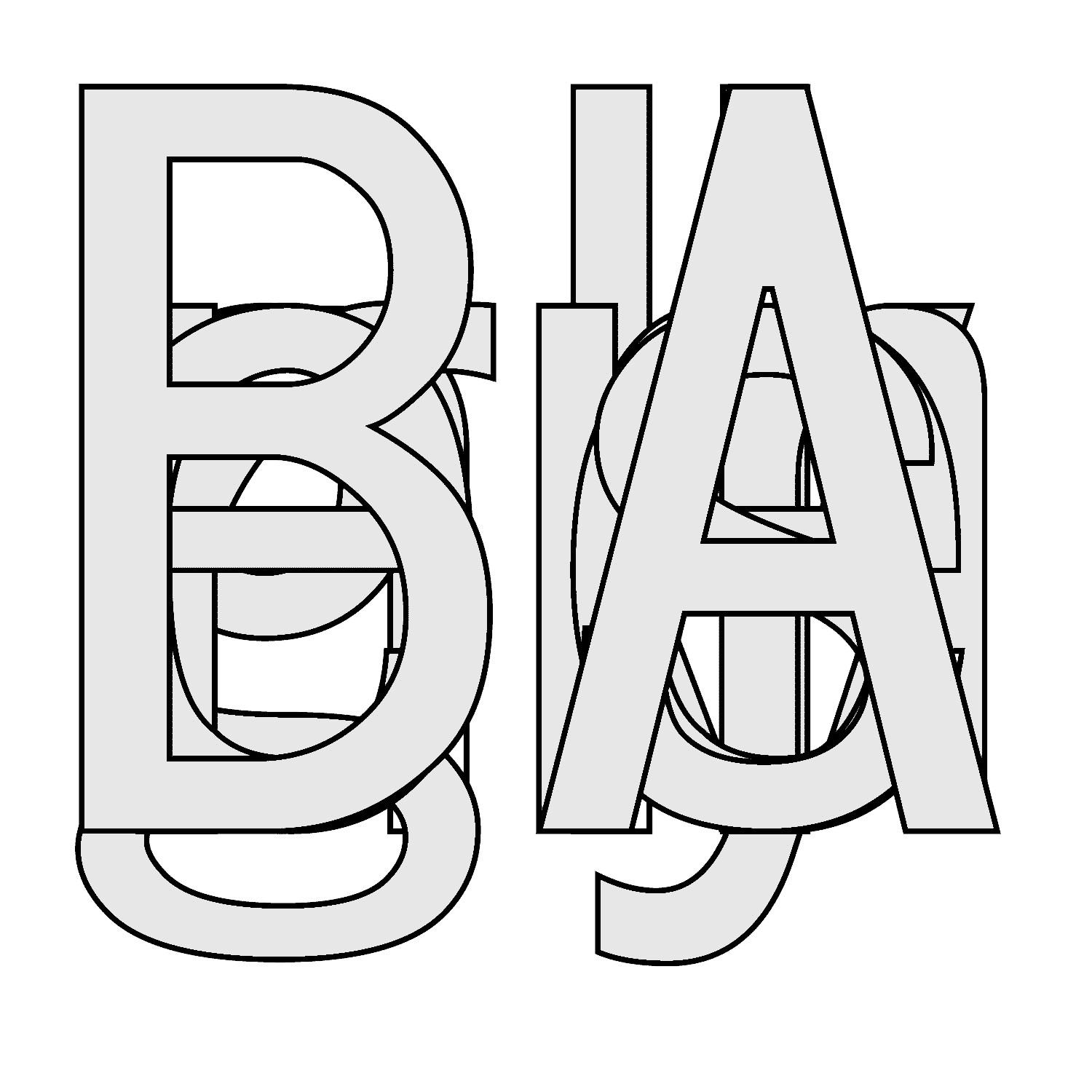For the 2016 edition, there were three distinct propositions developed independently in different time frames and rhythms by the invited conveners: Tarek Atoui, freethought, and PRAXES.
Tarek Atoui
![Audience at Sentralbadet for WITHIN. Photo by Thor Brødreskift.]()
![WITHIN at Sentralbadet. Photo by Thor Brødreskift.]()
![Deep Listening session with Pauline Oliveros and Ione Lewis at Sentralbadet for Bergen Assembly 2016. Photo by Thor Brødreskift.]()
![Closing Party for Bergen Assembly 2016. Photo by Thor Brødreskift.]()
![Tarek Atoui/Council: Infinite Ear, Sentralbadet, installation view. Photo by Thor Brødreskift.]()
![WITHIN I by Tarek Atoui, Sentralbadet. Performances by BIT20 and deaf and hearing guest musicians. Commissioned works by Pauline Oliveros, Mats Lindström and Espen Sommer Eide. Photo by Thor Brødreskift.]()
![Tarek Atoui/Council: Infinite Ear exhibition view, Sentralbadet. Photo by Thor Brødreskift.]()
![WITHIN, tactile musical instrument designed and constructed by Kari Telstad Sundet. Photo by Thor Brødreskift.]()
![White Cat Café. Photo by Thor Brødreskift.]()
![WITHIN instrument, constructed by hearing impaired students at Nordahl Grieg highschool in cooperation with Tarek Atoui and Thierry Madiot. Photo by Thor Brødreskift.]()
When he was invited to act as Convenor of Bergen Assembly, Tarek Atoui, a composer and artist, had been exploring deaf cultures and different ways of hearing and perceiving sound for years. In 2013 he worked with Council (curators Grégory Castéra and Sandra Terdjman) at the Al Amal School for the Deaf as part of the Sharjah 2013 Biennial. In this collaborative research project titled WITHIN, Atoui and Council explored the students' relationship with sound and musical instruments. For Bergen Assembly they expanded on this research, creating new synergies between the deaf and hard of hearing communities in Bergen together with musicians, composers, school students, and artists in order to expand our understanding and experience of sound and music. This resulted in exhibitions, orchestral performances with collaboratively created instruments, and a specialised mediation cafe called The White Cat Café.
In addition to various sonic therapies, the instruments in the exhibition were available for the public to try and were used in the rehearsals and performances of Tarek Atoui’s project WITHIN. The series of five major public performances was created and performed by a total of ten composers and fifty-six musicians including many from the Bergen-based BIT20 Ensemble and other local musicians and sound artists.
Beyond the performances, WITHIN was a programme of rehearsals, research, exploration and development which lasted the entire month of September 2016. Widely recognised international composers such as Pauline Oliveros, Gerhard Stäbler, Mats Lindström and Thierry Madiot, Bergen-based and Norwegian composers and sound artists such as Espen Sommer Eide, Trond Lossius, Kari Telstad Sundet, Alwynne Pritchard and André Bratten, professional musicians from a number of genres, amateur musicians, hearing and deaf people, rehearsed and performed these new works together on the commissioned instruments.
WITHIN and Infinite Ear expanded the notion of hearing by learning from deaf and hard of hearing people about their perception of sound, exploring how this can influence the way we understand sound performance, its spaces, audiences, and instrumentation.
![Marvin Gaye Chetwynd: Cocaine and Caviar, Kunstgarasjen (PRAXES). Photo: Thor Brødreskift.]()
![Lynda Benglis: Wing, 1970. Aluminium. Adhesive Products. Gruppeutstilling i Bergen Kunsthall, Bergen Assembly 2016. Med tillatelse fra Kalfayan Galleries, Athens-Thessaloniki. Photo: Thor Brødreskift]()
![Marvin Gaye Chetwynd: Cocaine and Caviar, Kunstgarasjen, Bergen Assembly 2016. Photo: Thor Brødreskift.]()
![Lynda Benglis: On Screen, Entrée, Bergen Assembly 2016. Photo: Thor Brødreskift]()
![Lynda Benglis: On Screen, Entrée, Bergen Assembly 2016. Photo: Thor Brødreskift]()
![Marvin Gaye Chetwynd: The Iron Age Pasta Necklace Workshop på Landmark, Bergen Assembly 2016. Photo: Thor Brødreskift]()
![Lynda Benglis: Primary Structures (Paula's Props), KODE 4, Bergen Assembly 2016. Photo: Thor Brødreskift]()
![Marvin Gaye Chetwynd: The Cell Group (Episode Two), St. Jørgens garasje, Bergen Assembly 2016. Photo: Thor Brødreskift.]()
![Marvin Gaye Chetwynd: The Elixia App. Visningsrommet USF, Bergen. Photo: Thor Brødreskift]()
![Marvin Gaye Chetwynd, The Elixia App. Visningsrommet USF, Bergen. Photo: Thor Brødreskift]()
![Marvin Gaye Chetwynd: The Cell Group (Episode Two), St. Jørgens garasje, Bergen Assembly 2016. Photo: Thor Brødreskift.]()
![Lynda Benglis: On Screen, Entrée, Bergen Assembly 2016. Photo: Thor Brødreskift]()
![Lynda Benglis Adhesive Products, gruppeutstilling: Lynda Benglis, Nairy Baghramian, Olga Balema, Daiga Grantina, Sterling Ruby, Kaari Upson. Bergen Kunsthall, Bergen Assembly 2016. Photo: Thor Brødreskift]()
![Bergen Assembly 2016: Marvin Gaye Chetwynd: JABBA, I’M BACK! COME BACK TOUR, BOOK NOW!,(PRAXES). Still from video, Landmark, 29. October 2016. Photo: Eric Wrangel.]()
![Marvin Gaye Chetwynd, The Elixia App. Performance, Visningsrommet USF. Photo: Thor Brødreskift]()
![Lynda Benglis: Double Albatross, Kunstgarasjen, Bergen Assembly 2016. Photo: Kobie Nel]()
![Lynda Benglis: Glacier Burger, Bergen Arkitekskole (BAS). Photo: Thor Brødreskift]()
![Lynda Benglis: Glacier Burger, Bergen Arkitektskole (BAS), Bergen Assembly 2016. Photo: Thor Brødreskift]()
![Bergen Assembly 2016: Marvin Gaye Chetwynd: Cocaine and Caviar, Kunstgarasjen. Photo: Thor Brødreskift.]()
![Lynda Benglis: On Screen, Entrée, Bergen Assembly 2016. Photo: Thor Brødreskift]()
![Lynda Benglis: Primary Structures (Paula's Props), KODE 4, Bergen Assembly 2016. Photo: Thor Brødreskift]()
![Lynda Benglis: Double Albatross, Kunstgarasjen, Bergen Assembly 2016. Photo: Kobie Nel]()
PRAXES was an initiative by Rhea Dall and Kristine Siegel, dedicated to in-depth material research and collaborative investigations that revolved around specific artistic practices for extended periods of time. In Berlin between 2013 and 2015, PRAXES presented half-year cycles of fluid, durational inquiries. The half-year cycle from Berlin was expanded to a year for Bergen Assembly, granting the artists, as well as the team, time to responsibly engage in new collaborations with local partners and communities. For the Bergen Assembly 2016 edition, they explored the two artistic practices of Lynda Benglis (b. 1941, USA) and Marvin Gaye Chetwynd (b. 1973, UK) allowing the Bergen-based audience to become familiar with these practices over the entirety of 2016 — and experience the largest and most comprehensive presentation of Benglis’ work in Europe to date.
Tarek Atoui
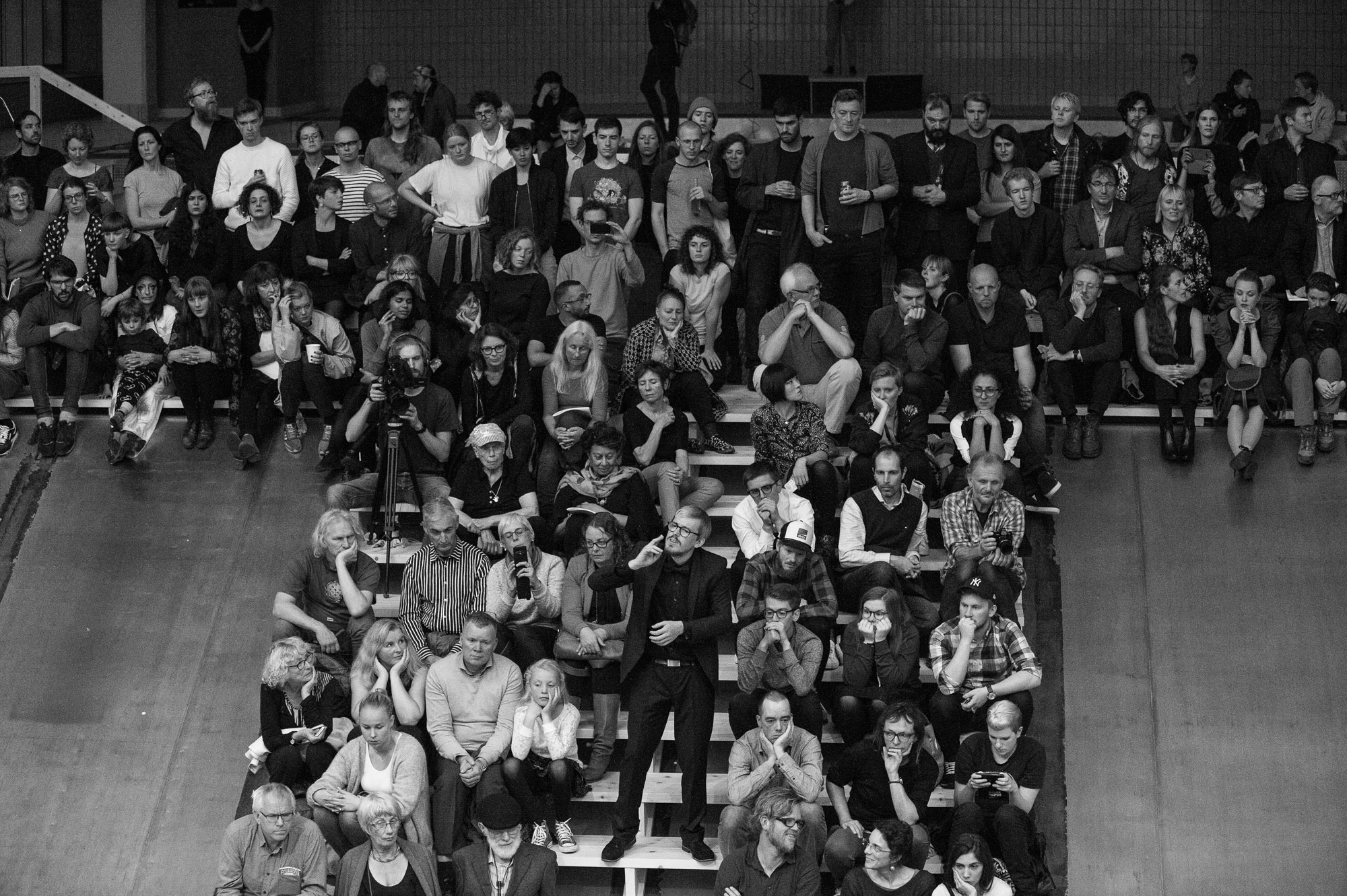

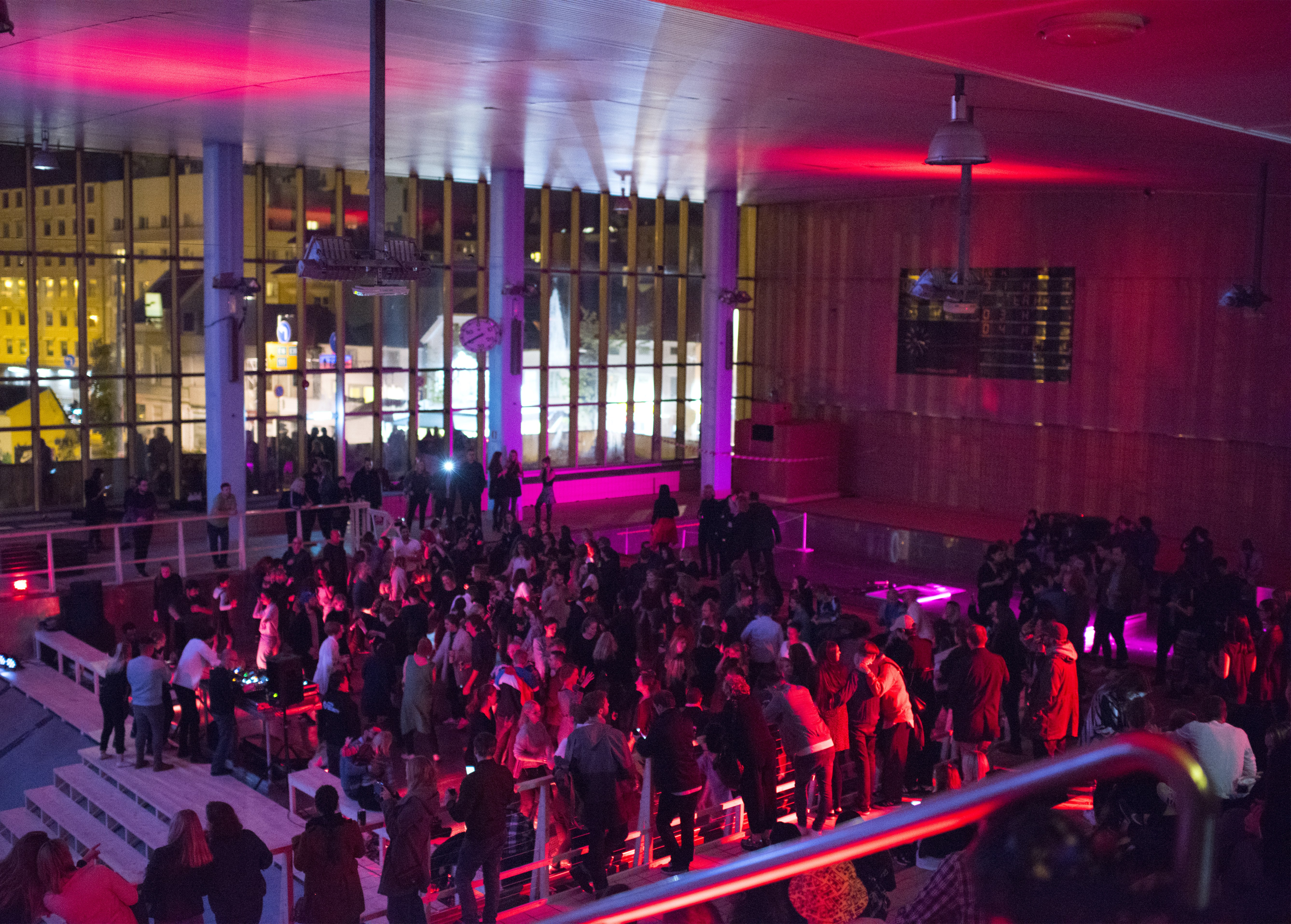
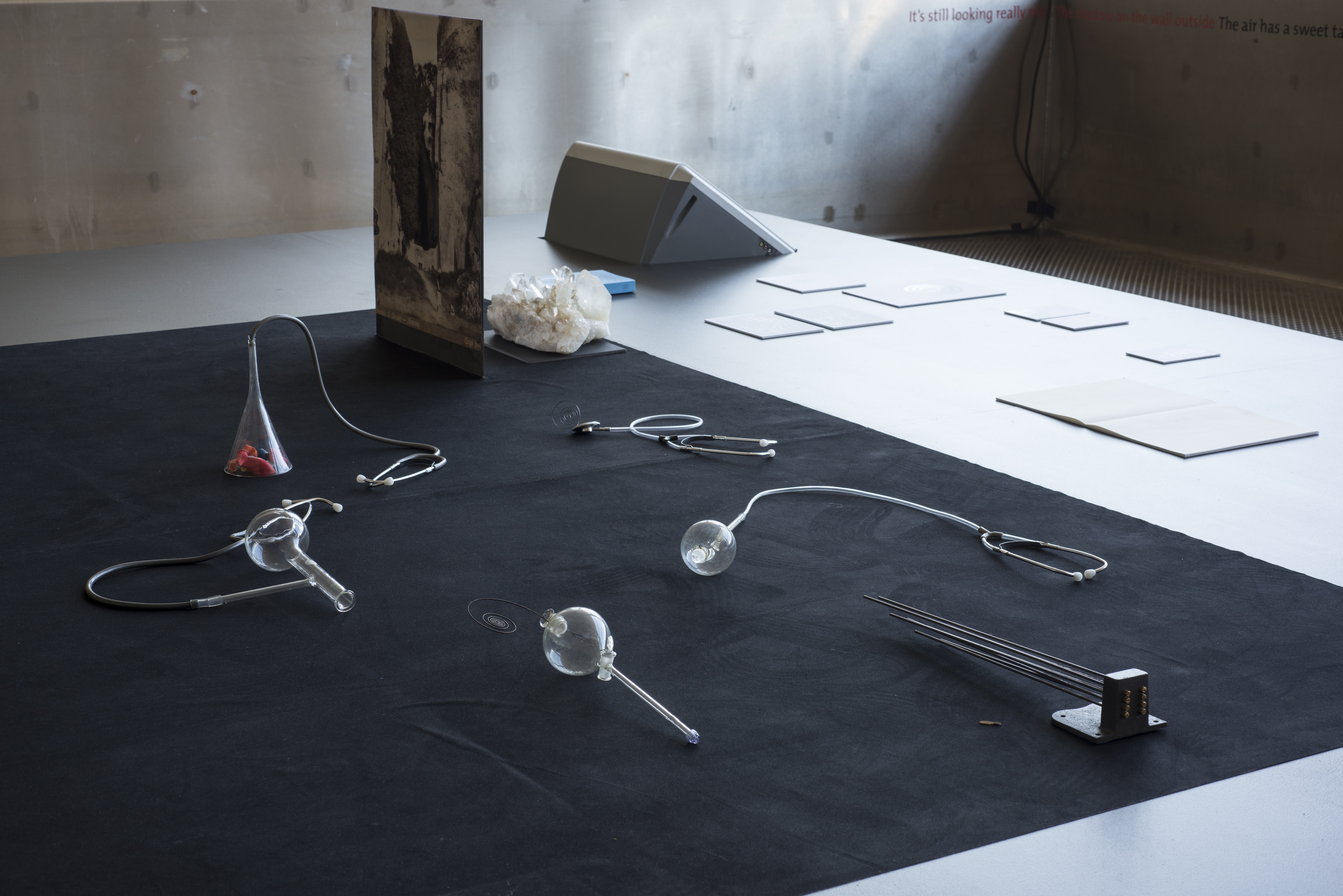
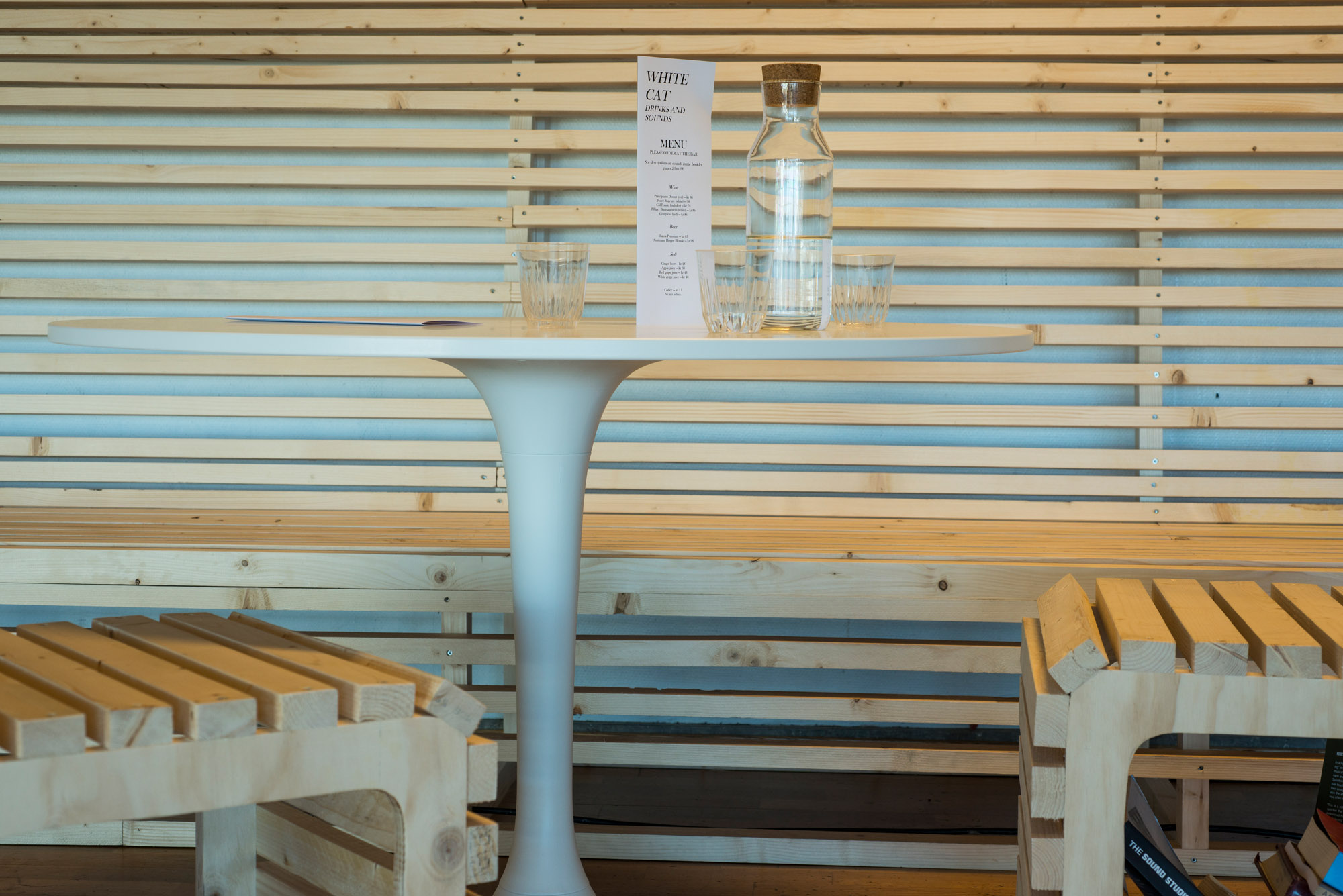
When he was invited to act as Convenor of Bergen Assembly, Tarek Atoui, a composer and artist, had been exploring deaf cultures and different ways of hearing and perceiving sound for years. In 2013 he worked with Council (curators Grégory Castéra and Sandra Terdjman) at the Al Amal School for the Deaf as part of the Sharjah 2013 Biennial. In this collaborative research project titled WITHIN, Atoui and Council explored the students' relationship with sound and musical instruments. For Bergen Assembly they expanded on this research, creating new synergies between the deaf and hard of hearing communities in Bergen together with musicians, composers, school students, and artists in order to expand our understanding and experience of sound and music. This resulted in exhibitions, orchestral performances with collaboratively created instruments, and a specialised mediation cafe called The White Cat Café.
READ MORE
Atoui found unique links between the sound and art cultures in Bergen and, taking these into consideration, he and his collaborators were able to create new tangible instruments and scores developed with musicians, scientists, technologists and artists from around the world, designed to be played and experienced by deaf and hearing people alike. Paired with multi-disciplinary research, they were used in the exhibition, performance, workshops, sonic therapies, and lectures, all primarily taking place at Sentralbadet, an empty swimming hall in the centre of Bergen.
The newly conceived instruments were the core of the exhibition Infinite Ear, presented with original works as well as materials from the collections of science and technical museums, cultural history museums and natural history museums.
The White Cat Café was an important element of the exhibition, run in collaboration with the deaf community in Bergen. Drinks and sounds could be ordered from the café team who were always one deaf person and one hearing person who was sign language proficient. The sounds could be experienced through audio or seats equipped with “sub-packs” that gave a direct sensation of sound to the body. The café team also played an important role in the mediation of Infinite Ear.
Atoui found unique links between the sound and art cultures in Bergen and, taking these into consideration, he and his collaborators were able to create new tangible instruments and scores developed with musicians, scientists, technologists and artists from around the world, designed to be played and experienced by deaf and hearing people alike. Paired with multi-disciplinary research, they were used in the exhibition, performance, workshops, sonic therapies, and lectures, all primarily taking place at Sentralbadet, an empty swimming hall in the centre of Bergen.
The newly conceived instruments were the core of the exhibition Infinite Ear, presented with original works as well as materials from the collections of science and technical museums, cultural history museums and natural history museums.
The White Cat Café was an important element of the exhibition, run in collaboration with the deaf community in Bergen. Drinks and sounds could be ordered from the café team who were always one deaf person and one hearing person who was sign language proficient. The sounds could be experienced through audio or seats equipped with “sub-packs” that gave a direct sensation of sound to the body. The café team also played an important role in the mediation of Infinite Ear.
In addition to various sonic therapies, the instruments in the exhibition were available for the public to try and were used in the rehearsals and performances of Tarek Atoui’s project WITHIN. The series of five major public performances was created and performed by a total of ten composers and fifty-six musicians including many from the Bergen-based BIT20 Ensemble and other local musicians and sound artists.
Beyond the performances, WITHIN was a programme of rehearsals, research, exploration and development which lasted the entire month of September 2016. Widely recognised international composers such as Pauline Oliveros, Gerhard Stäbler, Mats Lindström and Thierry Madiot, Bergen-based and Norwegian composers and sound artists such as Espen Sommer Eide, Trond Lossius, Kari Telstad Sundet, Alwynne Pritchard and André Bratten, professional musicians from a number of genres, amateur musicians, hearing and deaf people, rehearsed and performed these new works together on the commissioned instruments.
WITHIN and Infinite Ear expanded the notion of hearing by learning from deaf and hard of hearing people about their perception of sound, exploring how this can influence the way we understand sound performance, its spaces, audiences, and instrumentation.
PRAXES
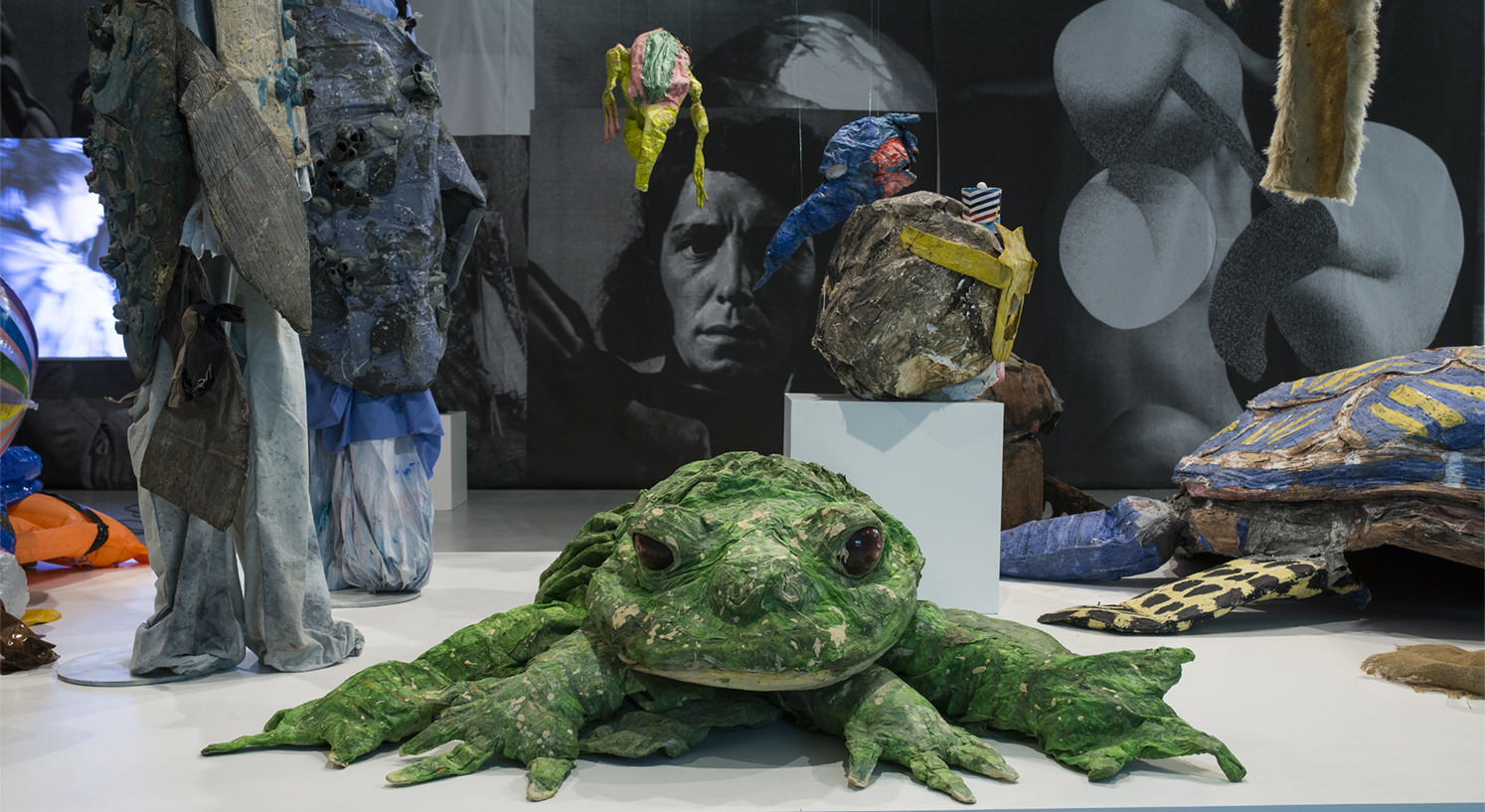
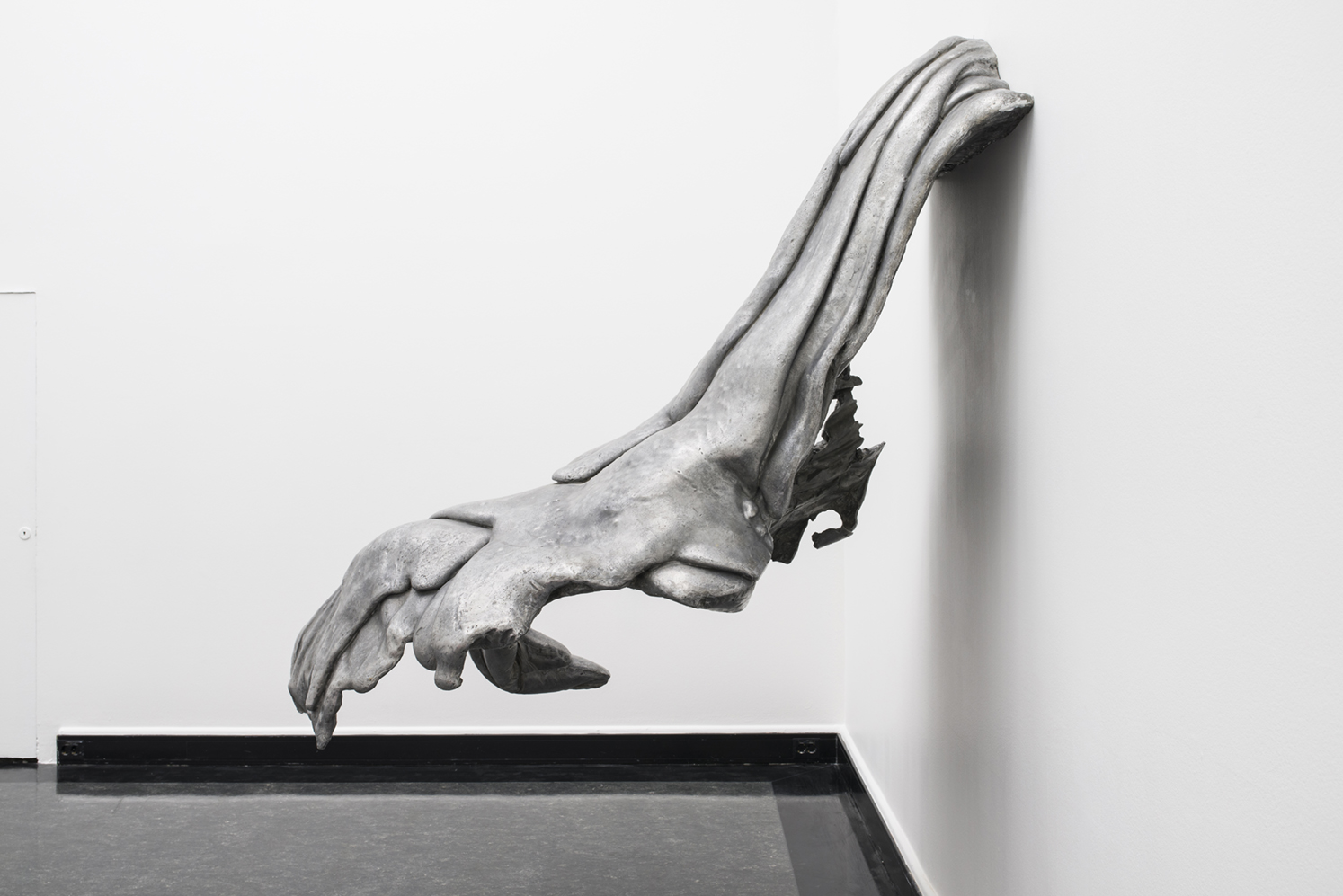
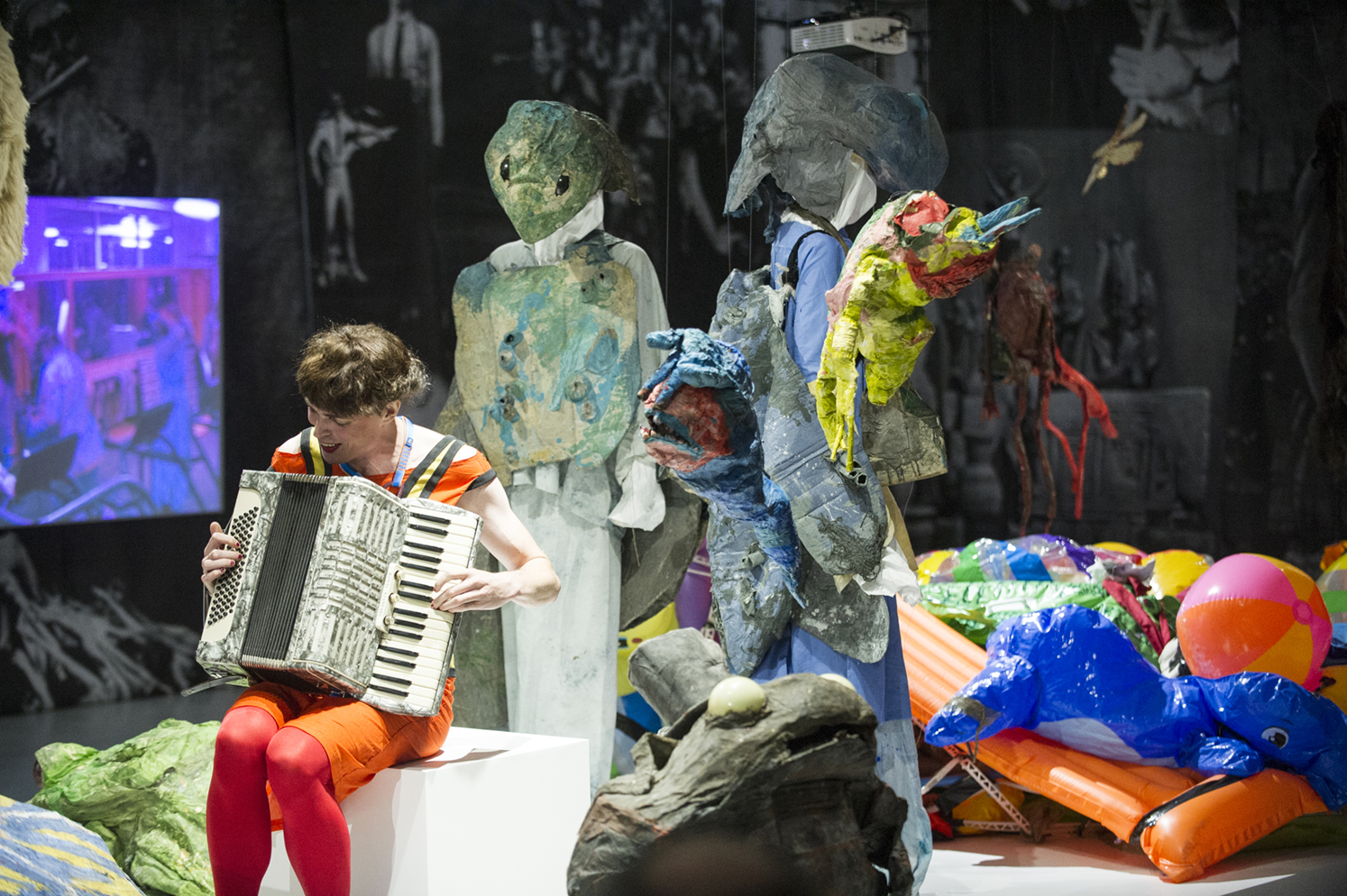
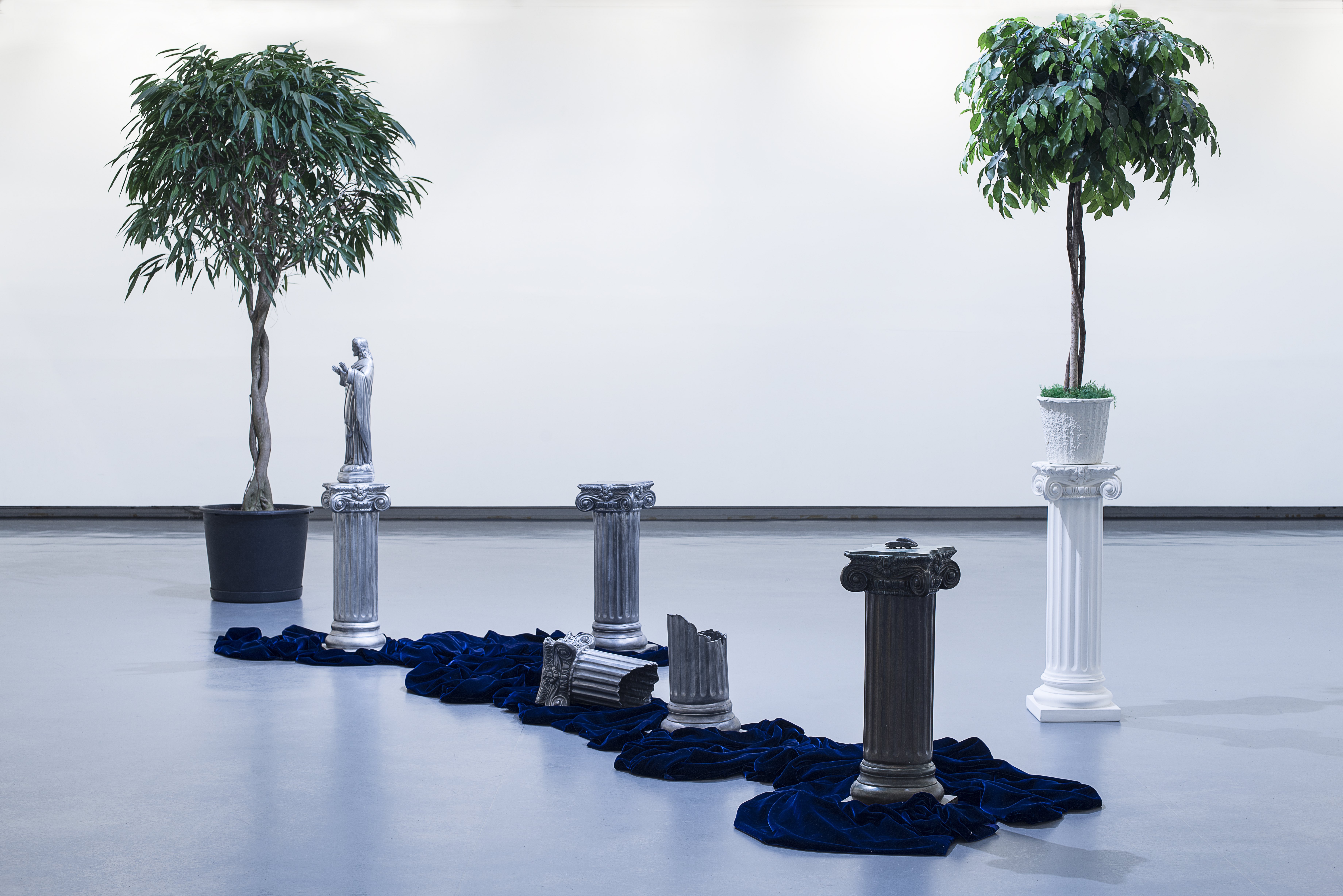

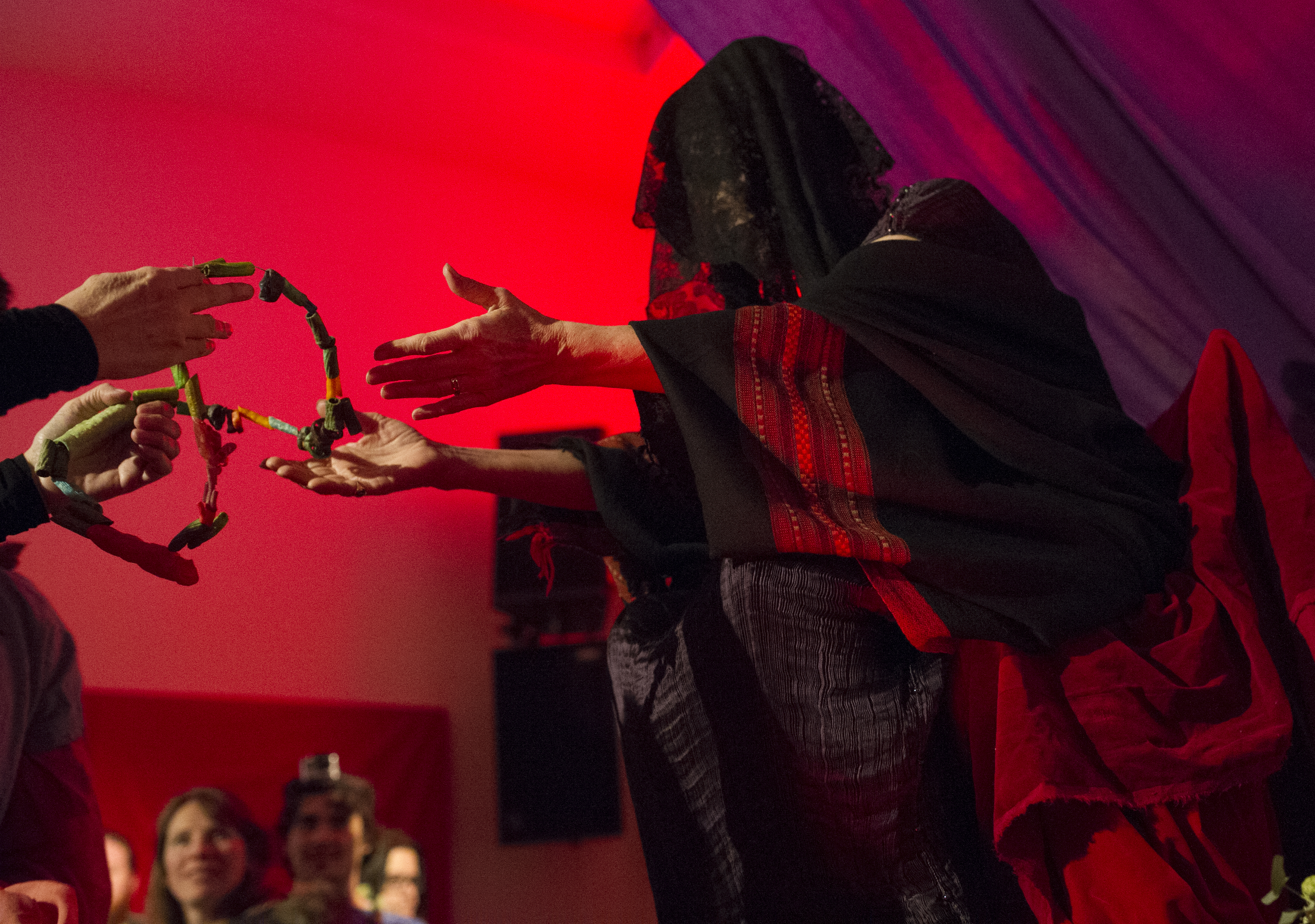
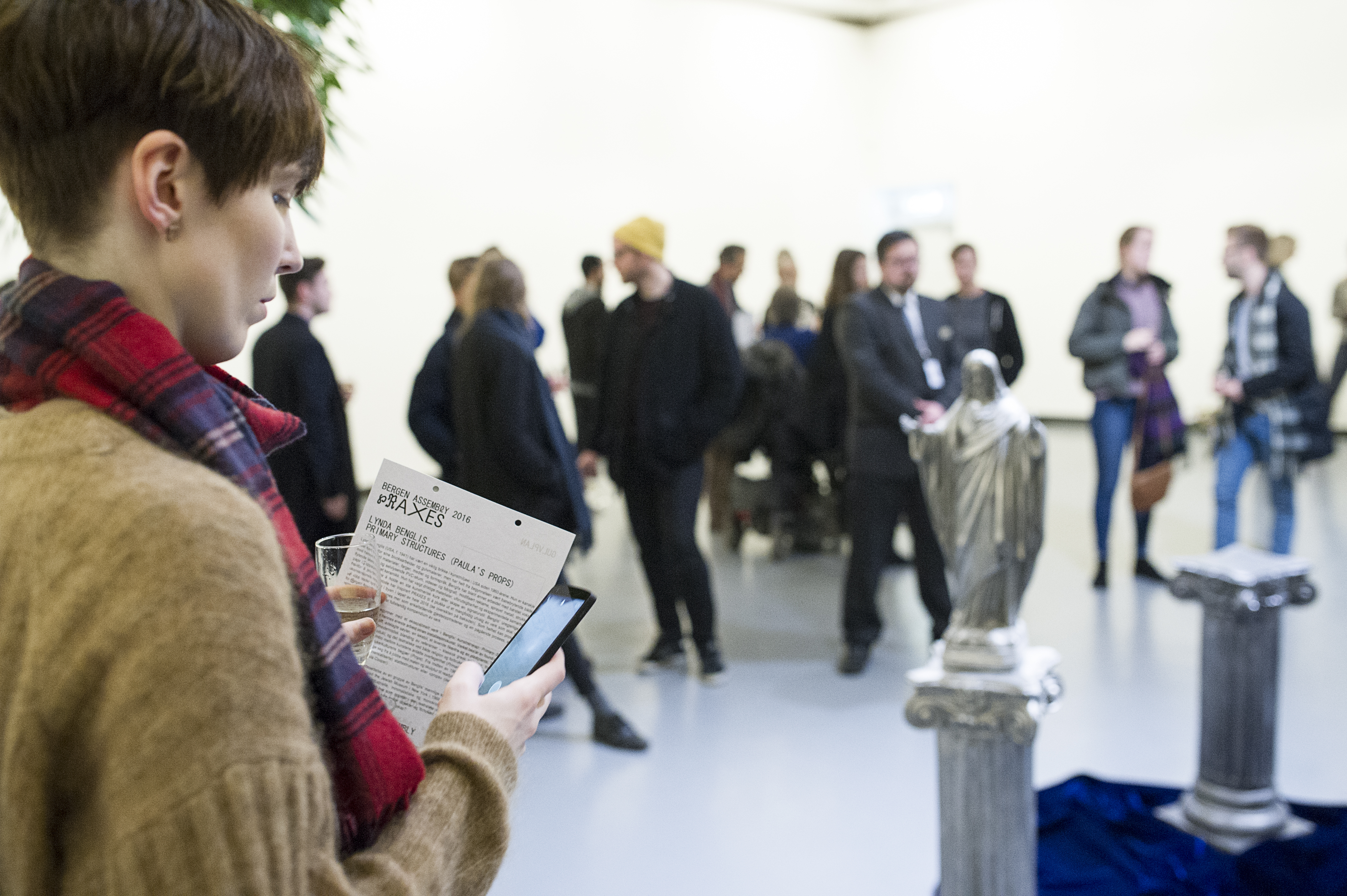
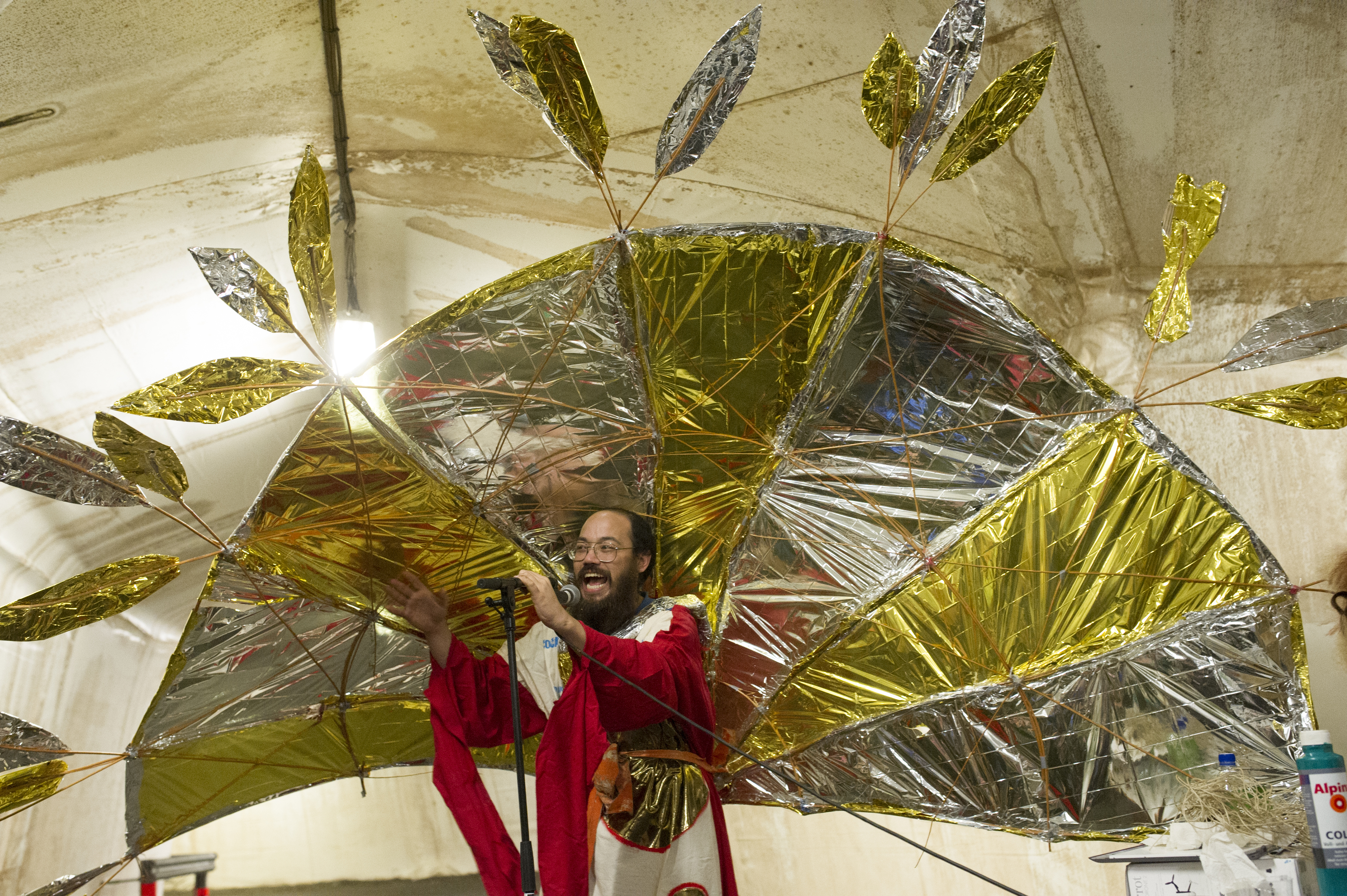
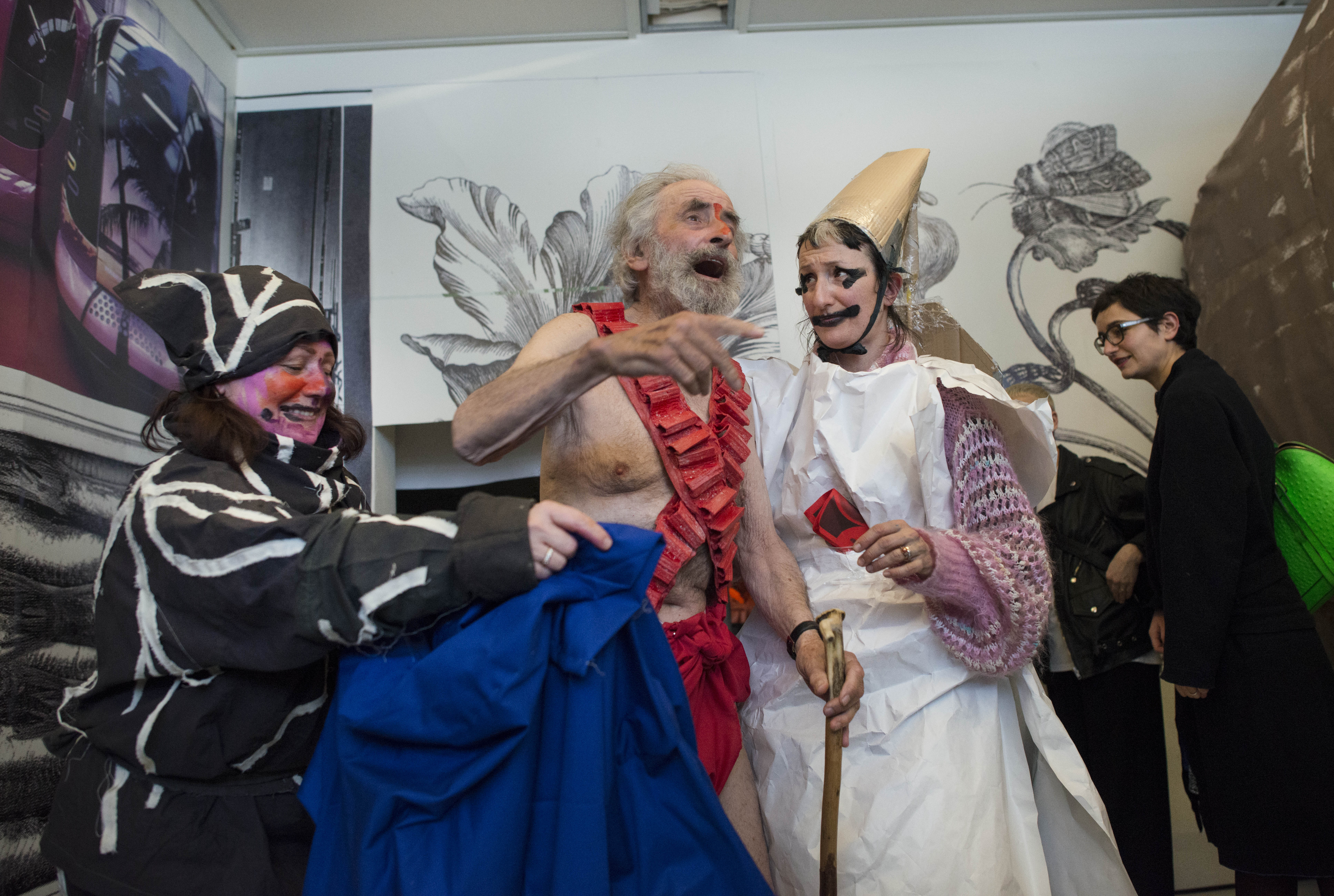
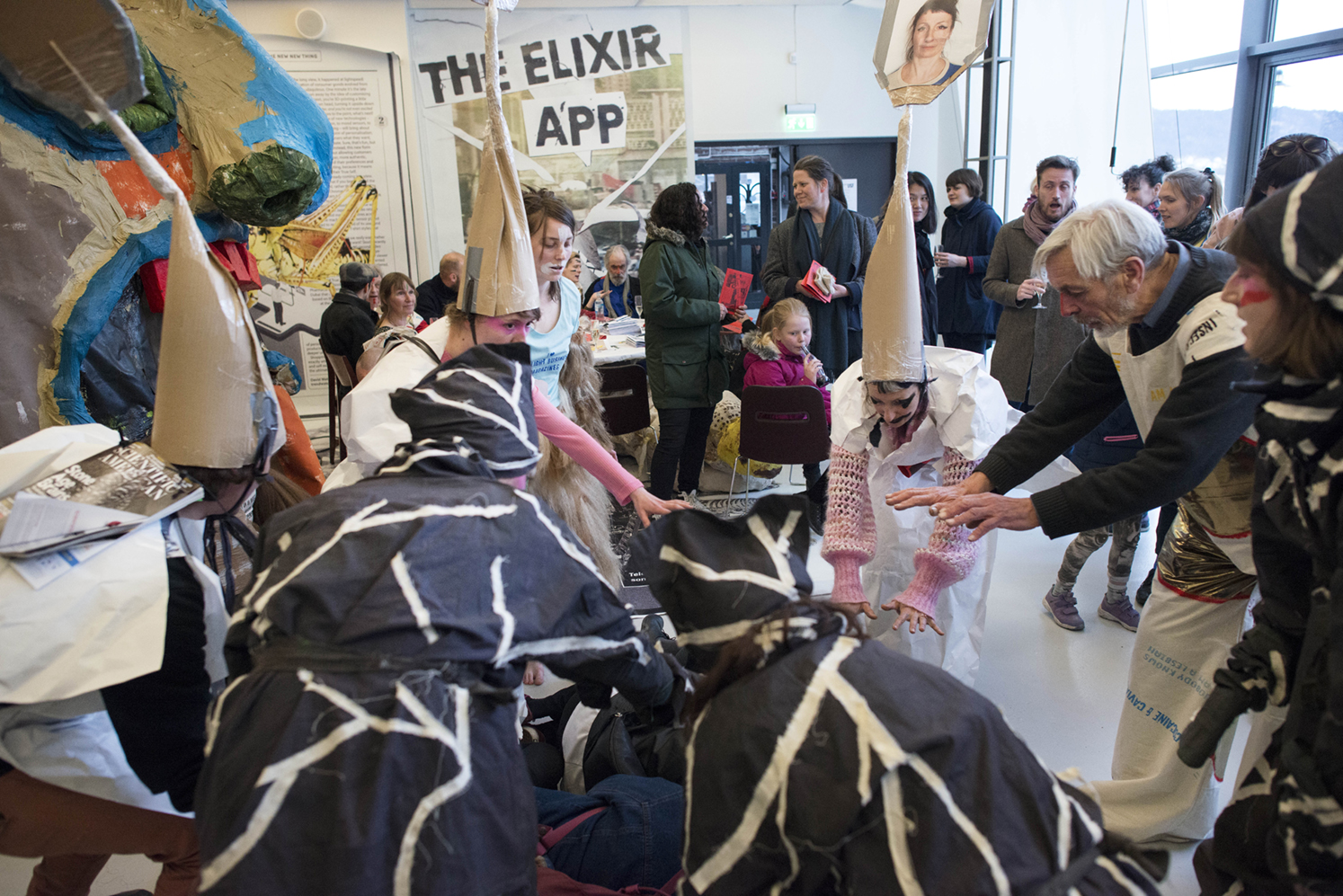
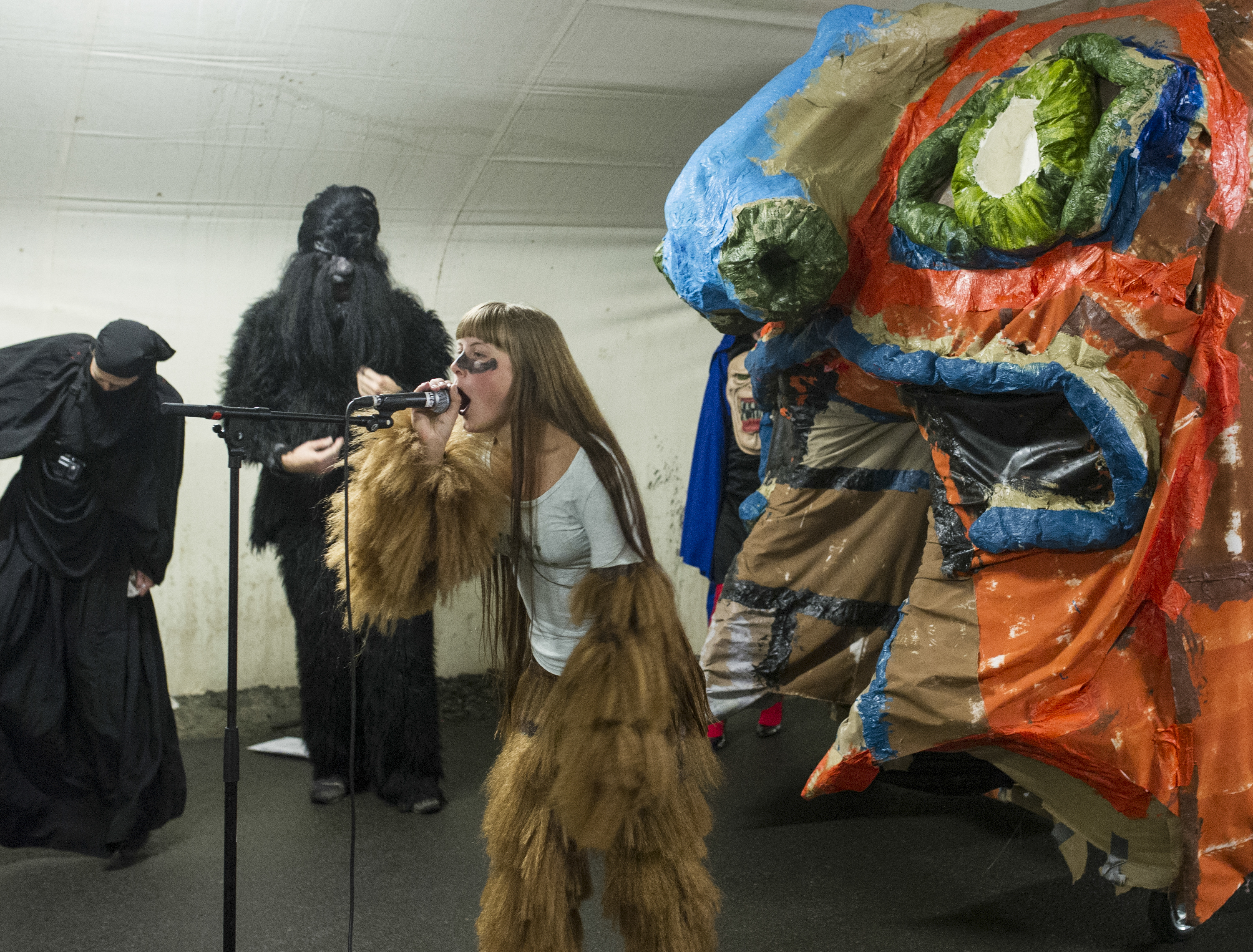
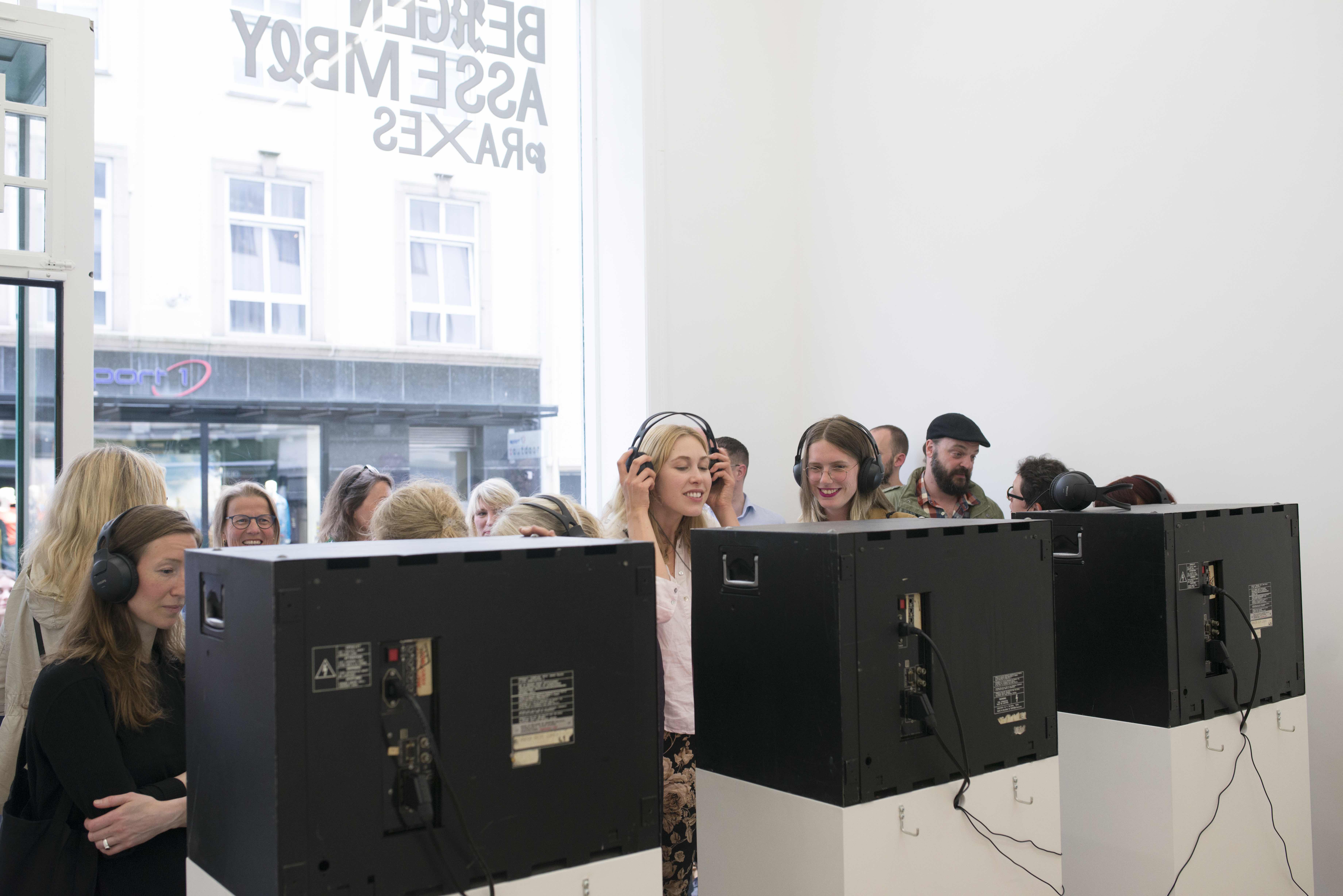
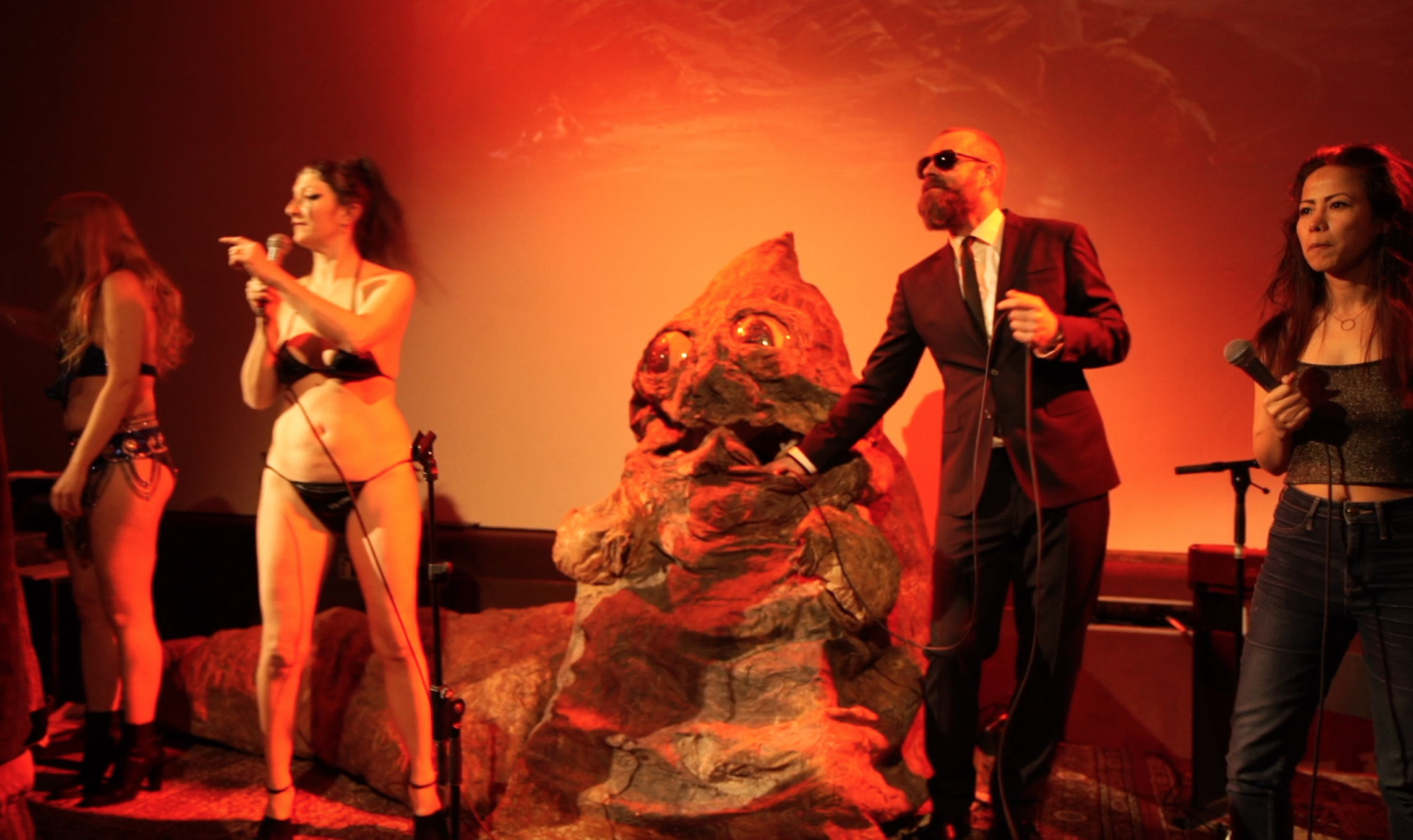
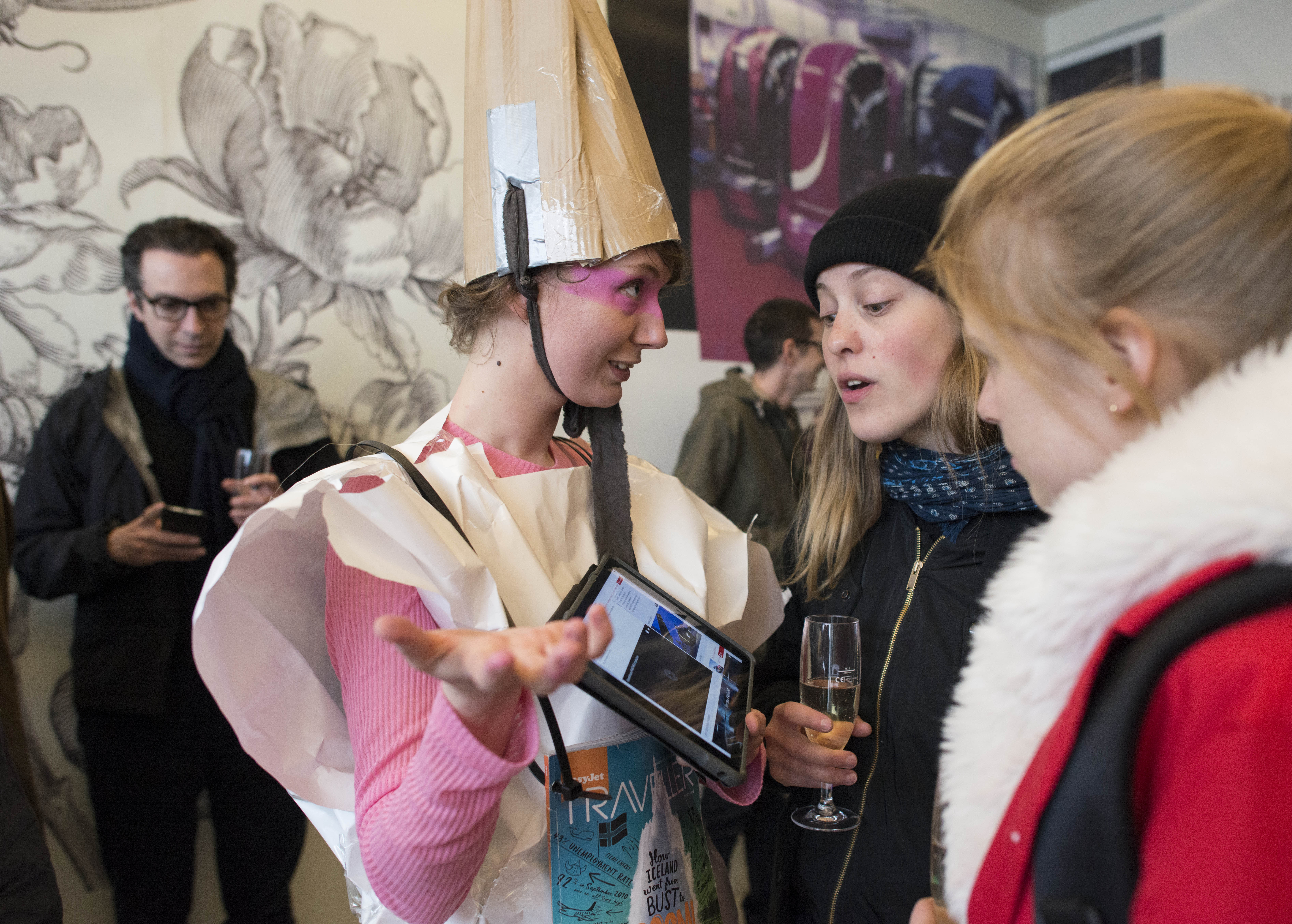
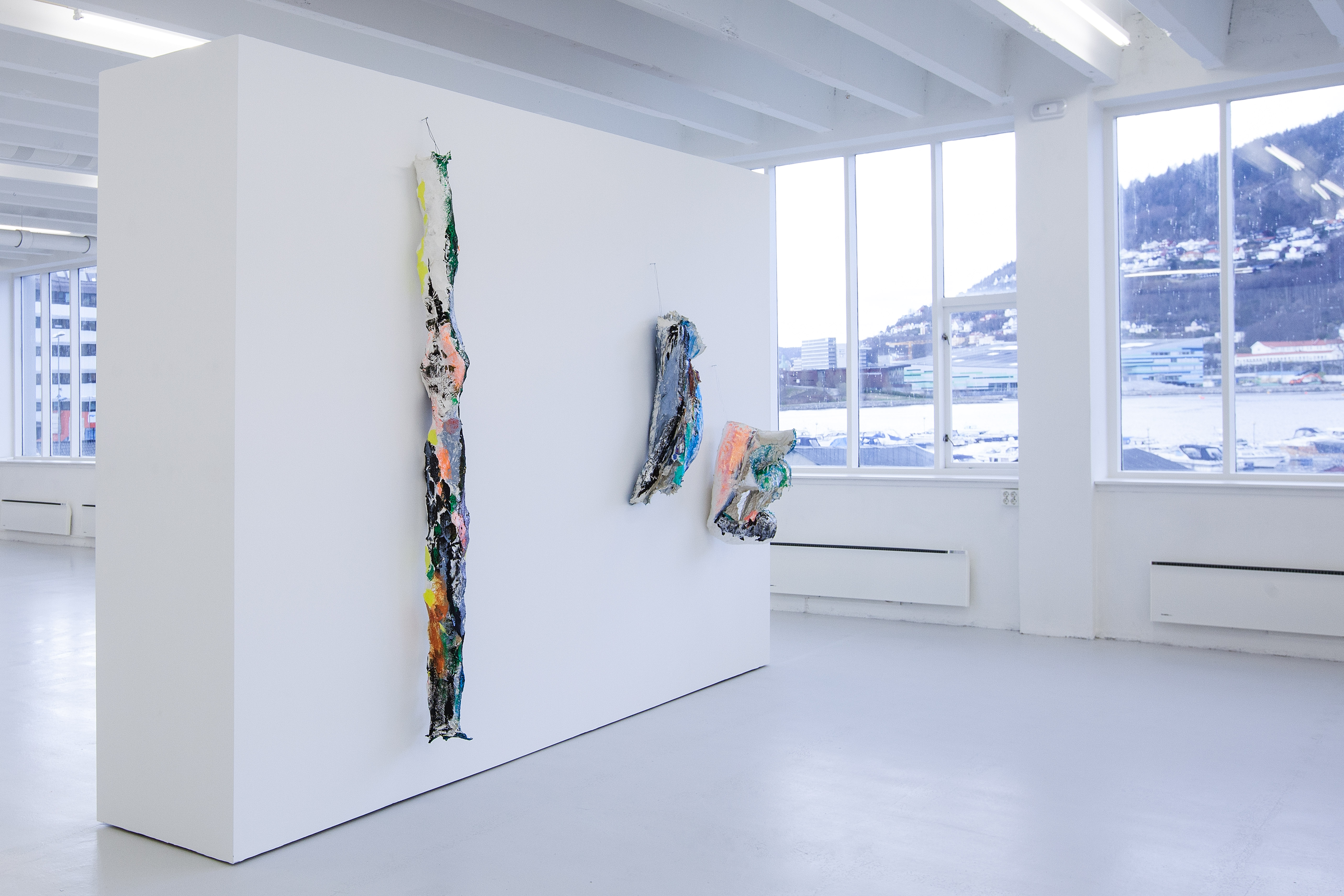
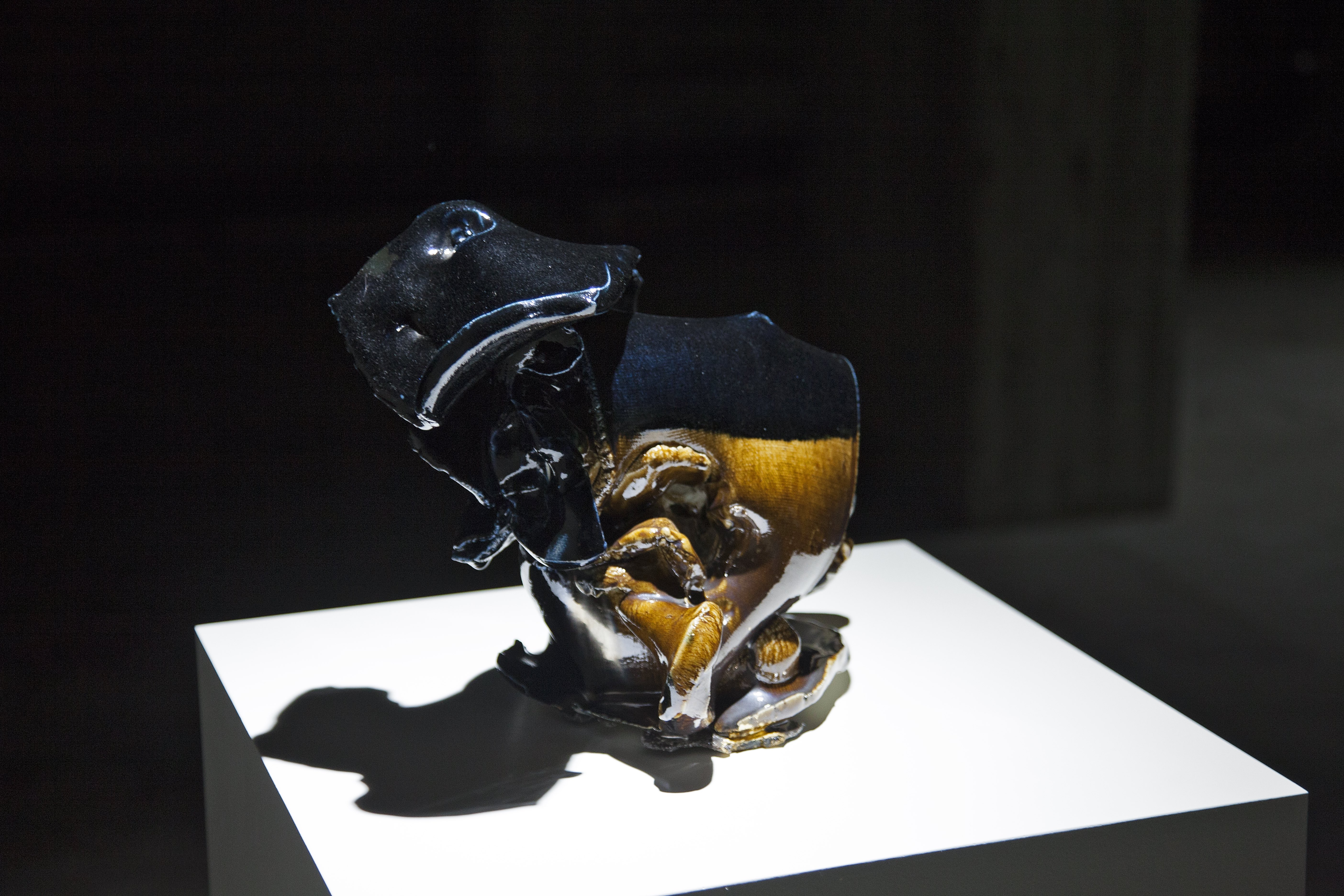
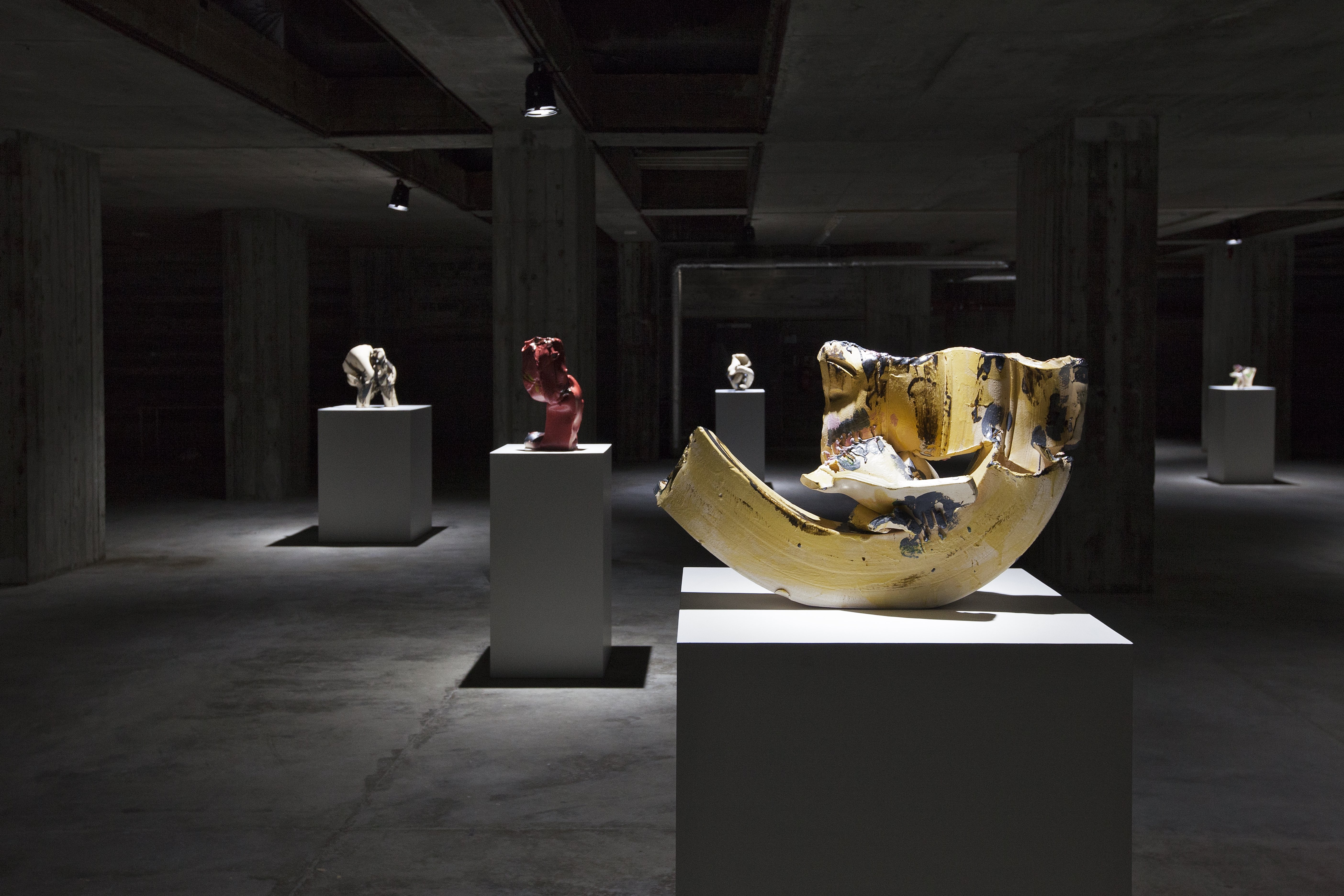
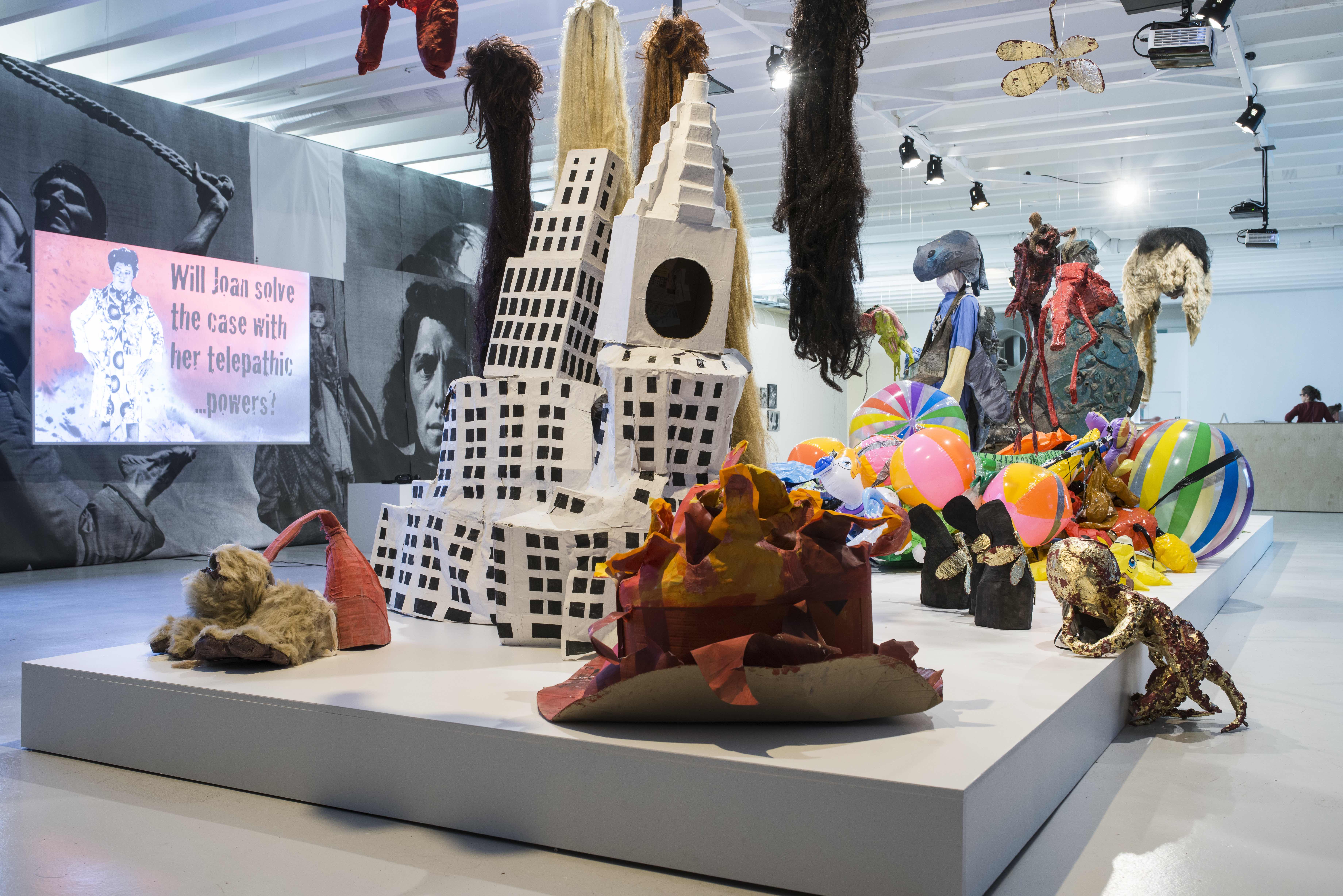
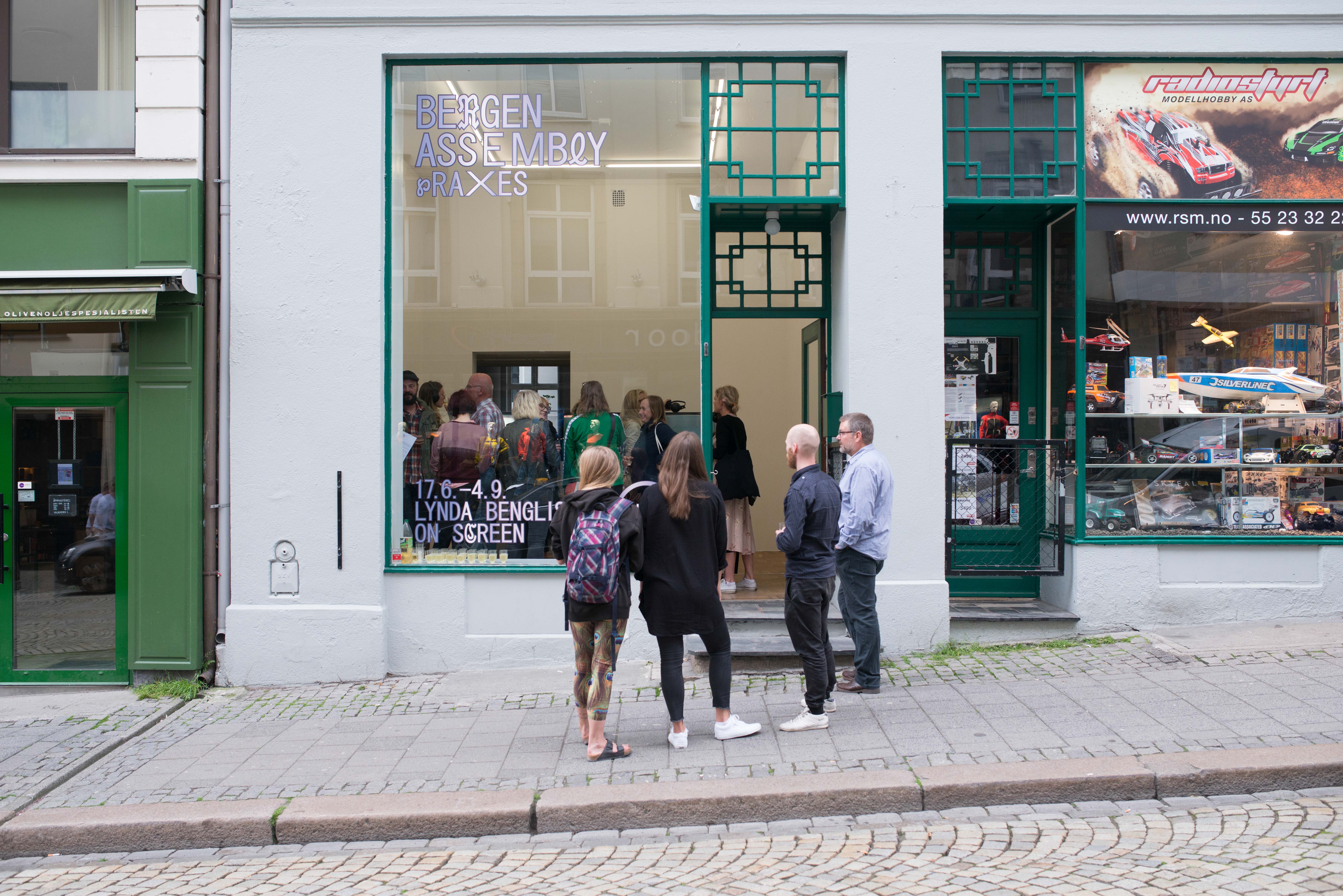

PRAXES was an initiative by Rhea Dall and Kristine Siegel, dedicated to in-depth material research and collaborative investigations that revolved around specific artistic practices for extended periods of time. In Berlin between 2013 and 2015, PRAXES presented half-year cycles of fluid, durational inquiries. The half-year cycle from Berlin was expanded to a year for Bergen Assembly, granting the artists, as well as the team, time to responsibly engage in new collaborations with local partners and communities. For the Bergen Assembly 2016 edition, they explored the two artistic practices of Lynda Benglis (b. 1941, USA) and Marvin Gaye Chetwynd (b. 1973, UK) allowing the Bergen-based audience to become familiar with these practices over the entirety of 2016 — and experience the largest and most comprehensive presentation of Benglis’ work in Europe to date.
Exhibition and Events:
6.2.— 18.12.2016
Conveners
Tarek Atoui
freethought
PRAXES
Bergen Assembly 2016 Team
Haakon Alexander Thuestad
Director
Sunniva Vik
Administrative Coordinator
Victoria Trunova
Head of Communications
Stefan Törner
Head of Production
Ingrid Engesæther Røen
Production Coordinator
Espen Johansen
Project Manager
Tor Steffen Espedal
Project Coordinator
Kristoffer Jul-Larsen
Project Coordinator
Ewa Rowson
Project Coordinator
Kobie Nel
Project Coordinator
Ingrid Haug Erstad
Project Coordinator
Linn Heidi Stokkedal
Communications Assistant
Caroline Larikka
Communications Assistant
Susanna Worth
Proofreader
Exhibition Production
Eric Wrangel
Martin Harkjerr Halse
Nora Adwan
Gabriel Kvendseth
Sturla Heggdalsvik
Axel Högberg
Jacob Arlø
Emil Skousen
Njål Clementsen
Marthe Skaale Johansen
Iris Brinkborg
Mattias Arvastsson
Robin Everett
Samuel Brzeski
Einride Torvik and Technician Team at Bergen Kunsthall
Erik Markestad and Technician Team at KODE
Ruth Moen (Kunstgarasjen)
Volunteers
Sif Lina Ankergård
Ana Rita Antonio
Alexandra Azanova
Eva Bech
Bozena Bedulska
Iris Brinkborg
Sara Plantefève-Castryck
Sofia Eliasson
Robin Everett
Wyndyl Bakisan Felix
Renate Synnes Handal
Oscar Holmberg Lewe
Helle Lindskog
Siren Løkaas
Åsa Opedal
Veronika Porwit
Elin Reisæter
Julie Silseth
Linda Marie Westgaard
Advisory Board
Ute Meta Bauer
Ina Blom
Ingar Dragset
Bruce W. Ferguson
Maria Hlavajova
Ranjit Hoskote
Solveig Øvstebø
Board
Petter Snare
Stein-Olaf Onarheim
Bodil Friele
Henriette Gallus
Arne Rygg
READ MORE
Episodically inhabiting different venues throughout Bergen, PRAXES initiated a year-long material discussion centring around these two artists' works and practices. Starting in February 2016 and running through December 2016, consecutive exhibitions, publications, and events unfolded existing works, archival matter, workshops, and new large-scale commissions.
The exploration of Lynda Benglis’ work took place in the form of five exhibitions and multiple adjacent events. First was Primary Structures at KODE 4 and in April Glacier Burger at the Bergen School of Architecture. These exhibitions were followed by Slithering Green, an international conference on ceramics at the School of Architecture organised in collaboration with The Academy of Art, Music and Design at the University of Bergen. Lecturers included Lynda Benglis, Federica Bueti, Bjørn Mortensen, Anne Helen Mydland, PRAXES, Tal R, Valerie Smith and Jan Verwoert. April and May brought Double Albatross to Kunstgarasjen and in June Entrée presented a screening of three video works from 1973 for On Screen.
In September and October the exhibition Adhesive Products at Bergen Kunsthall presented works by Lynda Benglis together with sculptures and installations by Nairy Baghramian, Olga Balema, Daiga Grantina, Sterling Ruby and Kaari Upson. The exploration was concluded in December by the video salon Is it Now? at The Academy of Art and Design.
Episodically inhabiting different venues throughout Bergen, PRAXES initiated a year-long material discussion centring around these two artists' works and practices. Starting in February 2016 and running through December 2016, consecutive exhibitions, publications, and events unfolded existing works, archival matter, workshops, and new large-scale commissions.
The exploration of Lynda Benglis’ work took place in the form of five exhibitions and multiple adjacent events. First was Primary Structures at KODE 4 and in April Glacier Burger at the Bergen School of Architecture. These exhibitions were followed by Slithering Green, an international conference on ceramics at the School of Architecture organised in collaboration with The Academy of Art, Music and Design at the University of Bergen. Lecturers included Lynda Benglis, Federica Bueti, Bjørn Mortensen, Anne Helen Mydland, PRAXES, Tal R, Valerie Smith and Jan Verwoert. April and May brought Double Albatross to Kunstgarasjen and in June Entrée presented a screening of three video works from 1973 for On Screen.
In September and October the exhibition Adhesive Products at Bergen Kunsthall presented works by Lynda Benglis together with sculptures and installations by Nairy Baghramian, Olga Balema, Daiga Grantina, Sterling Ruby and Kaari Upson. The exploration was concluded in December by the video salon Is it Now? at The Academy of Art and Design.
PRAXES brought Marvin Gaye Chetwynd to immerse her exuberant and irreverent practice into the local context, collaborating with students from The Academy of Art, Music and Design at the University of Bergen, local artists young and old, and local participants. From February until December Chetwynd’s program enveloped Bergen in collective performances, viewings of highly layered and hilarious performative films, exhibitions, a participatory soirée, and workshops producing works in many forms, such as the Iron Age Pasta Necklace Workshop, a “joyous Iron Age X-Factor glue gun showdown” or The Cell Group (Episode 2) performance in St. Jørgens Garasje, the former bomb shelters carved into the Bergen mountainside.
Chetwynd’s exhibition Cocaine and Caviar, a retrospective of the elaborate, wonderfully “wonky”, homemade costumes, props, films and other material that make up the support structure around the artist's often festive, collaborative, improvised performances was exhibited at Kunstgarasjen through September. The Bergen Assembly 2016 programme was concluded with her workshop Salamanders Bite and Never Let Go! and performance It’s Not A Bald Spot It’s A Solar Panel For A Sex Machine (Episode Three) at The Academy of Art, Music and Design at the University of Bergen in December.
Freethought
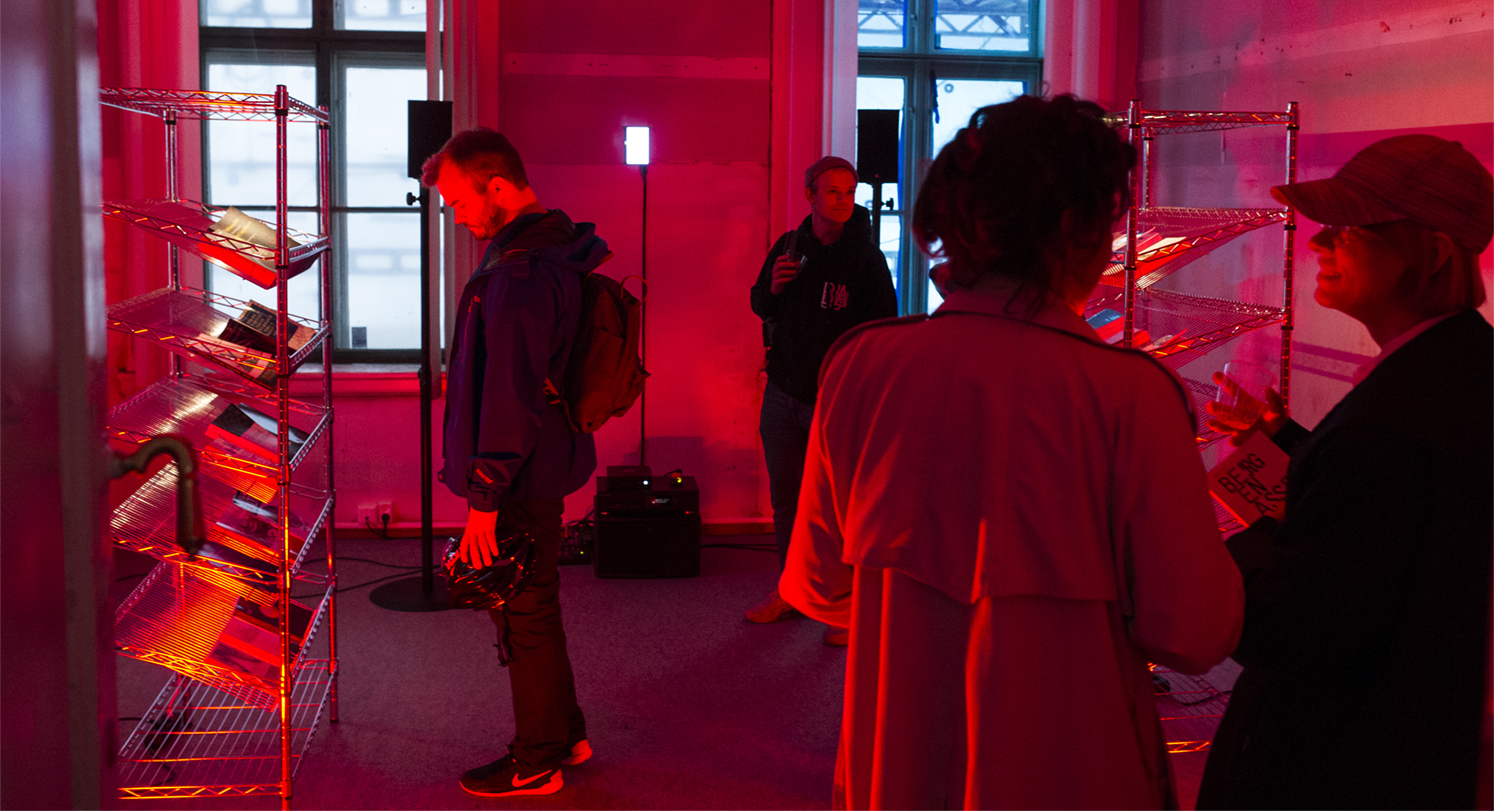

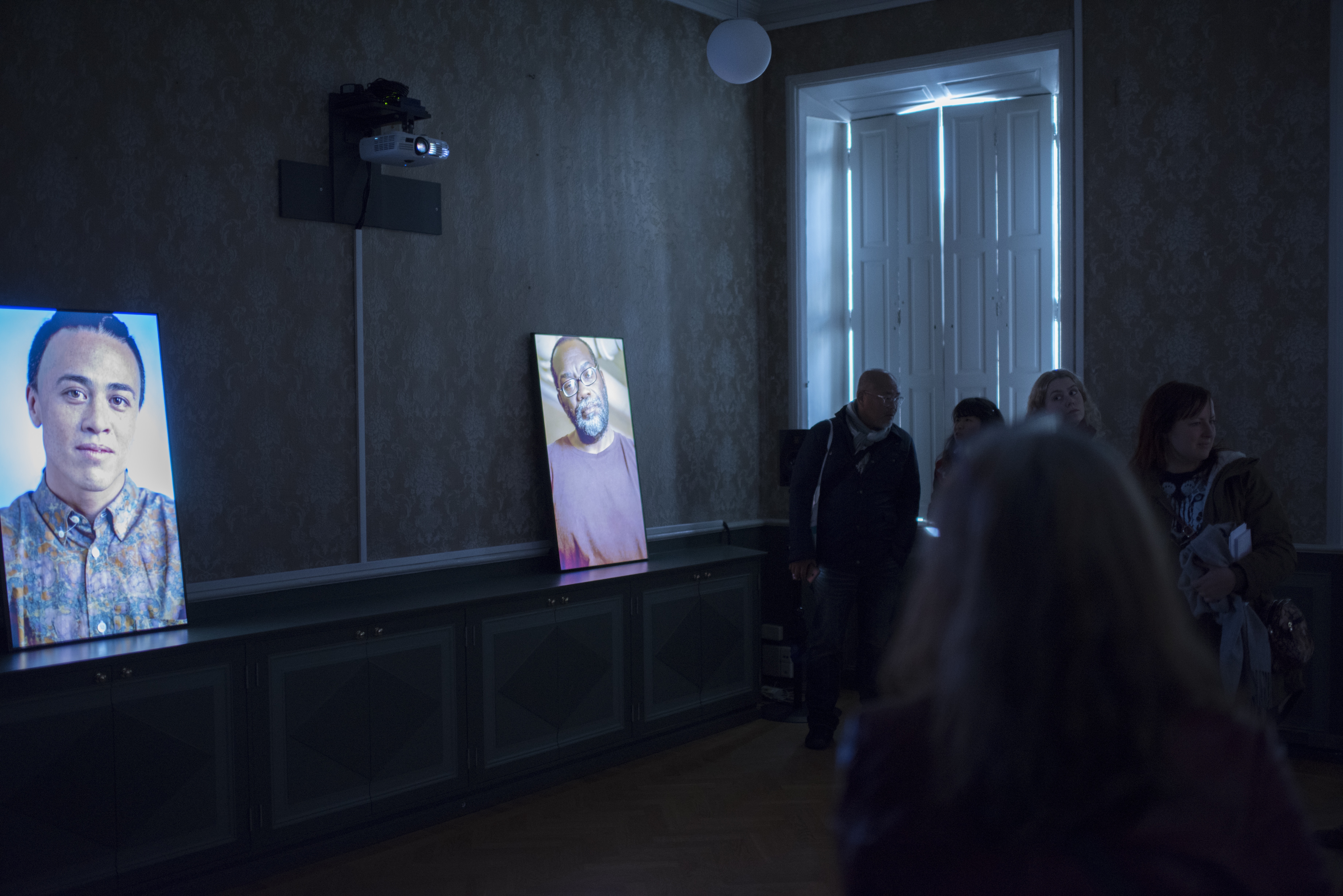
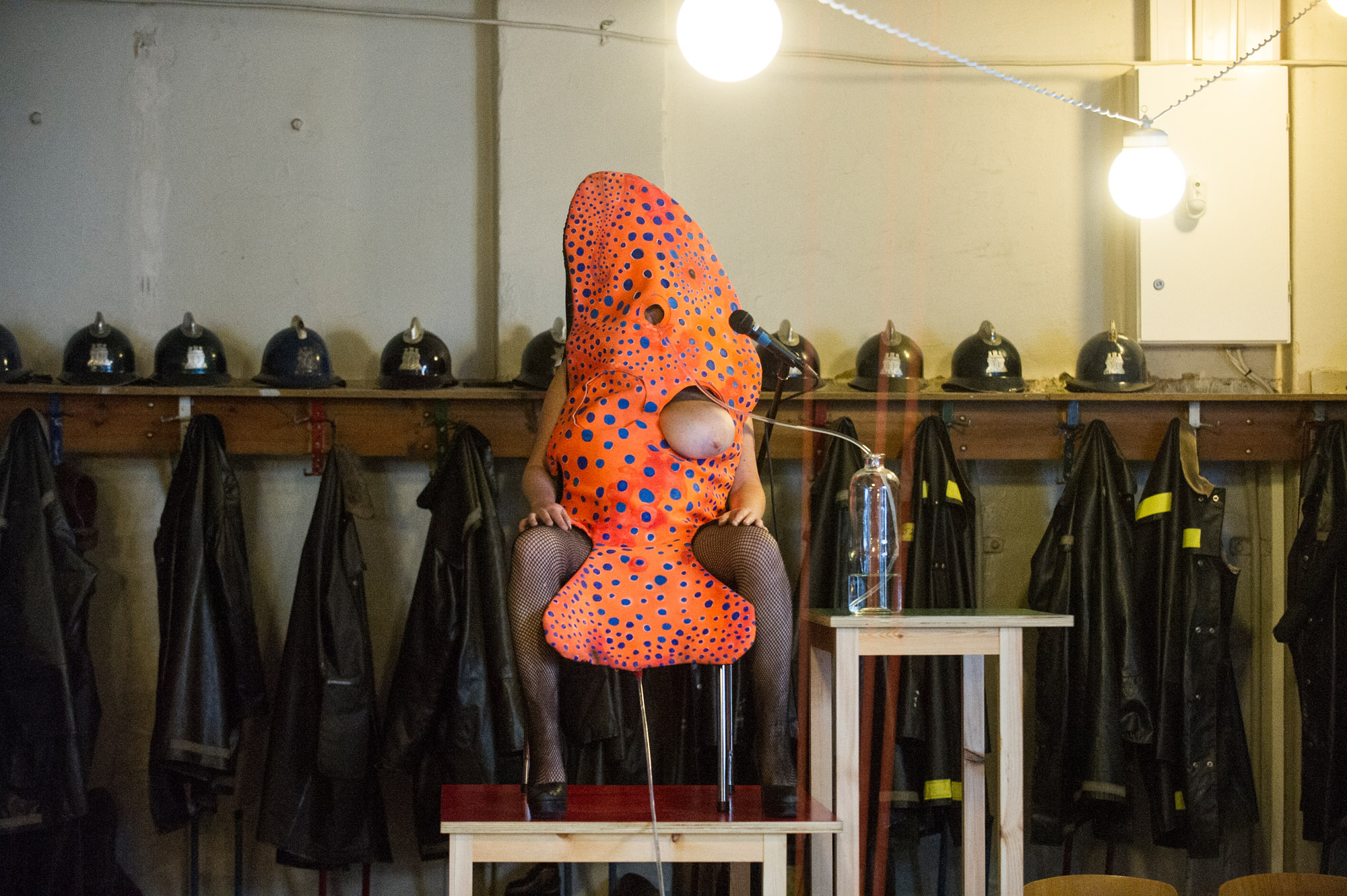
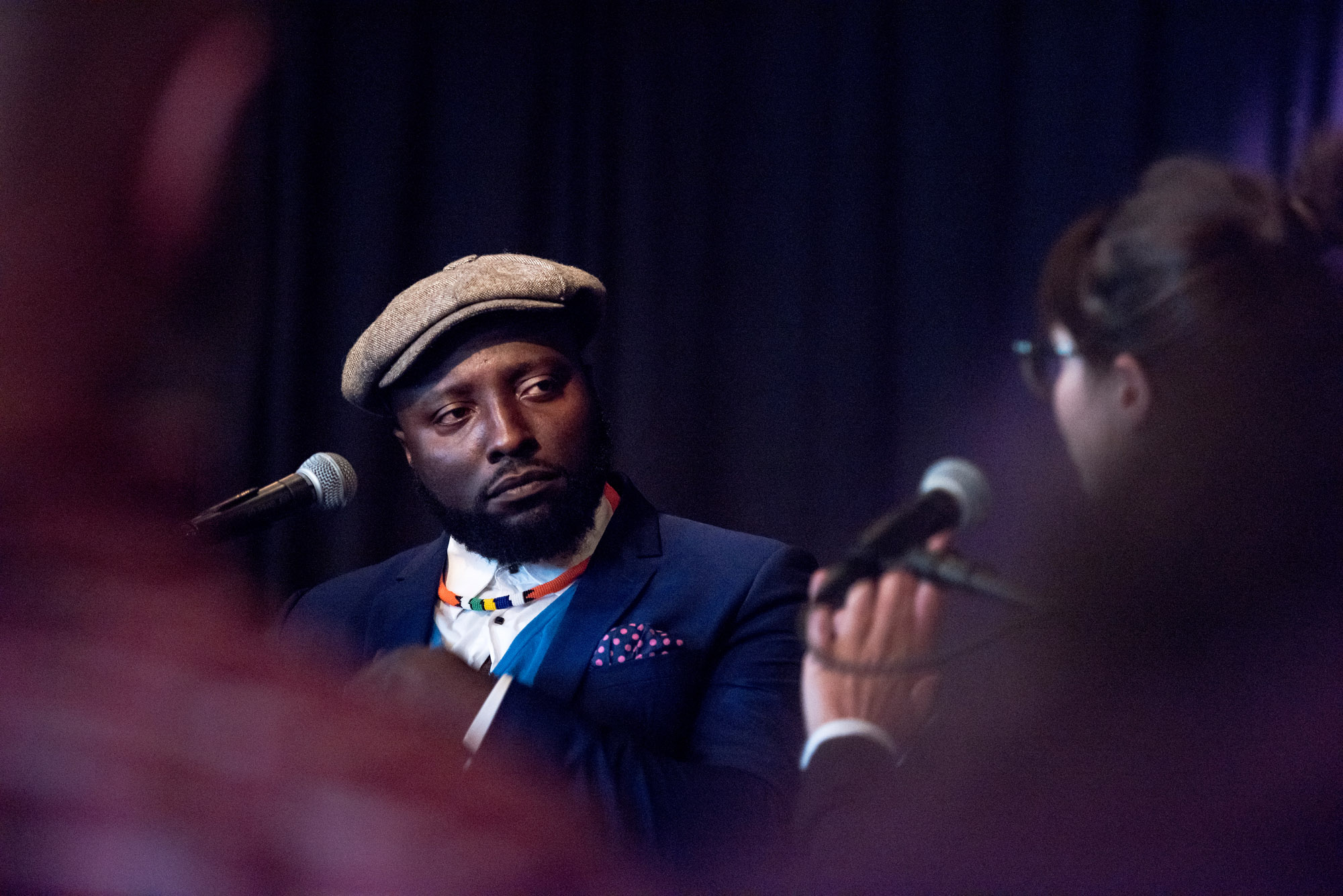



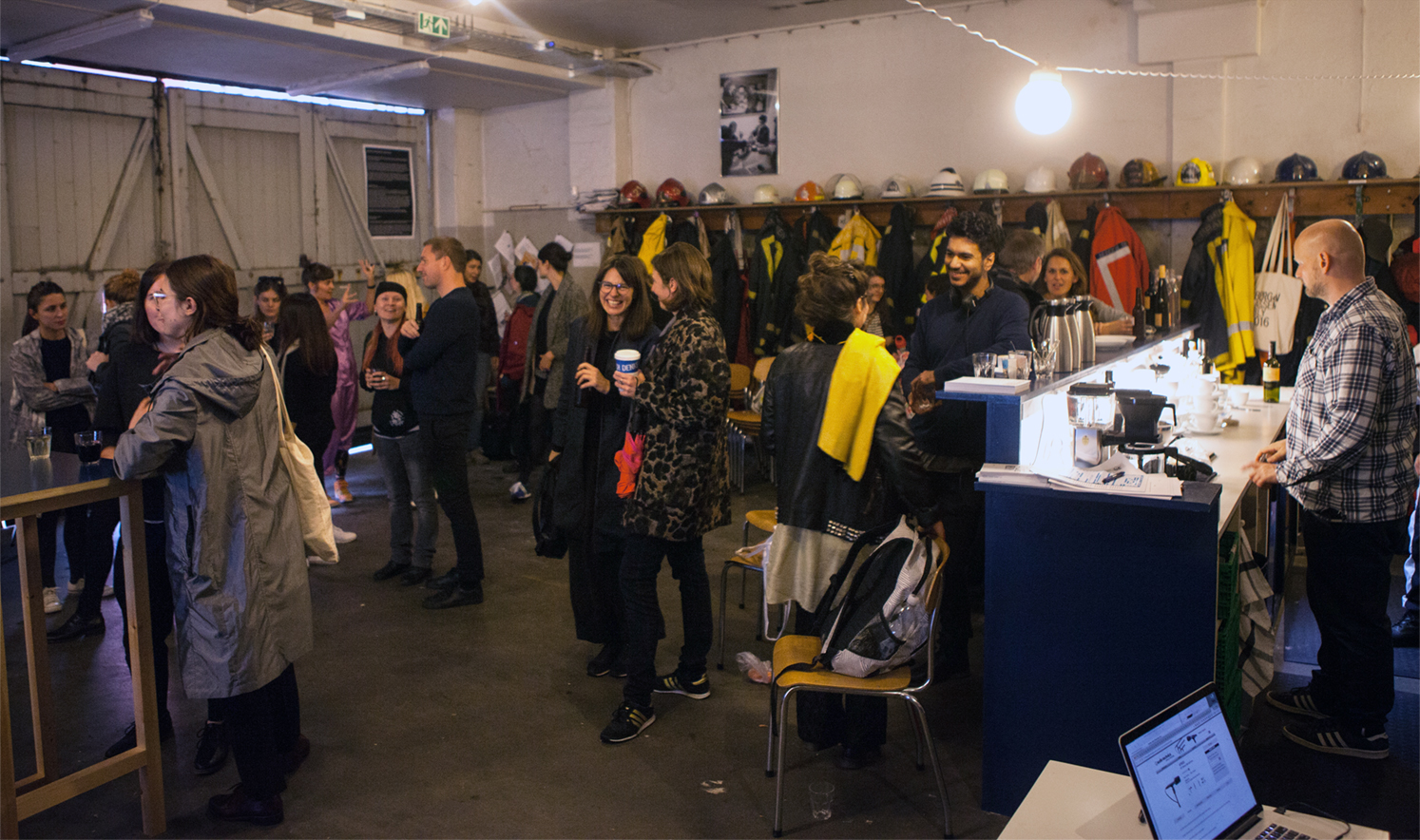

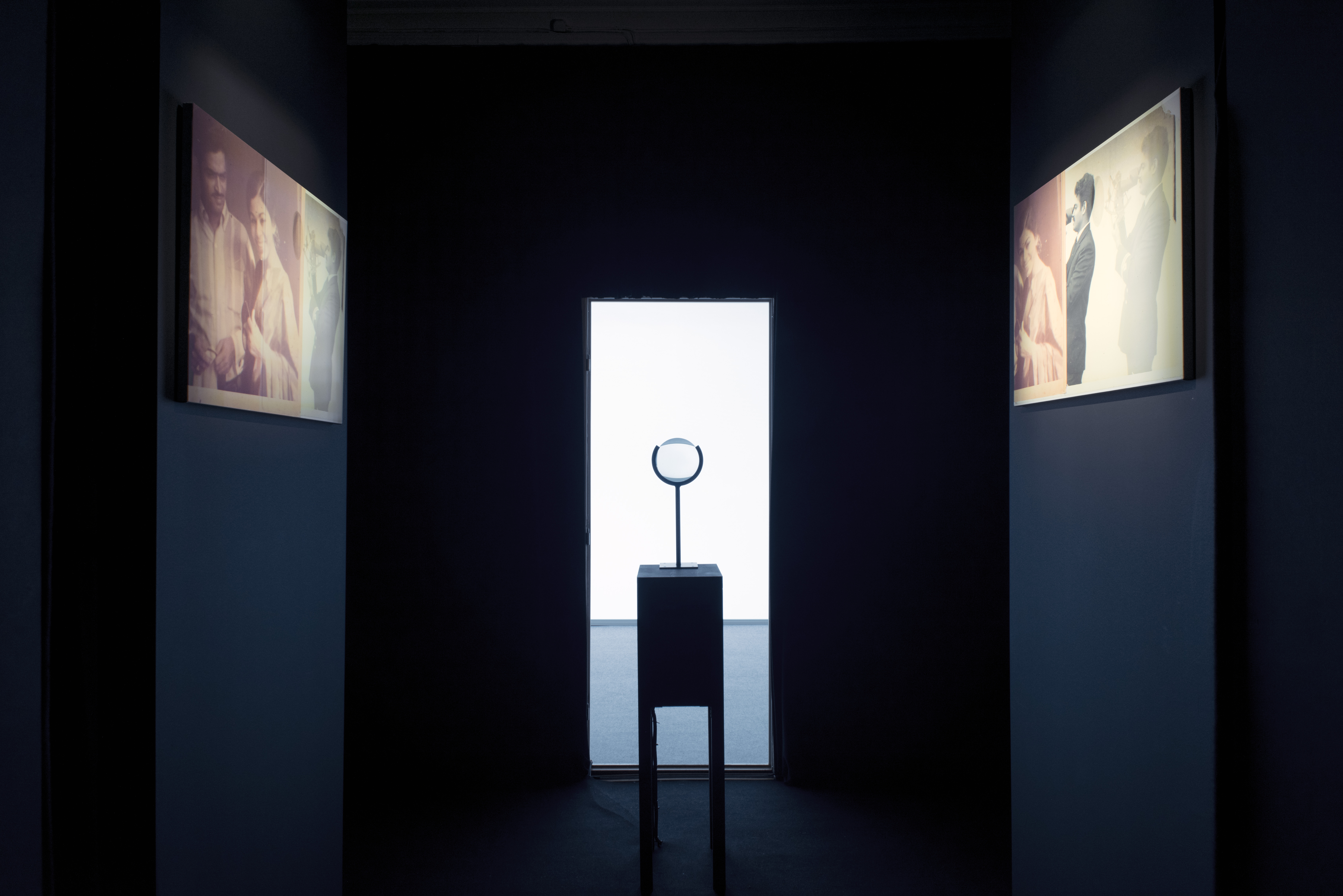
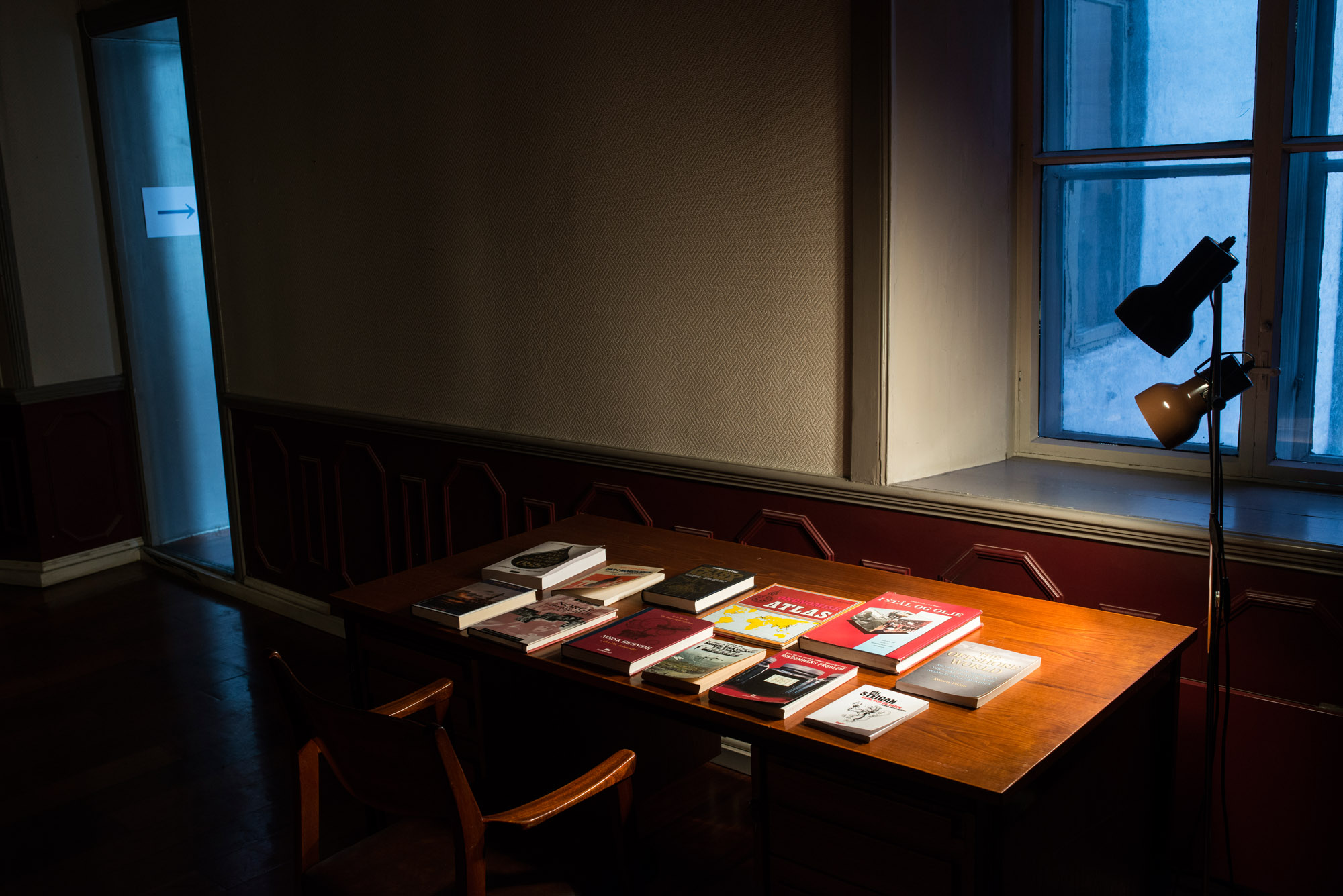

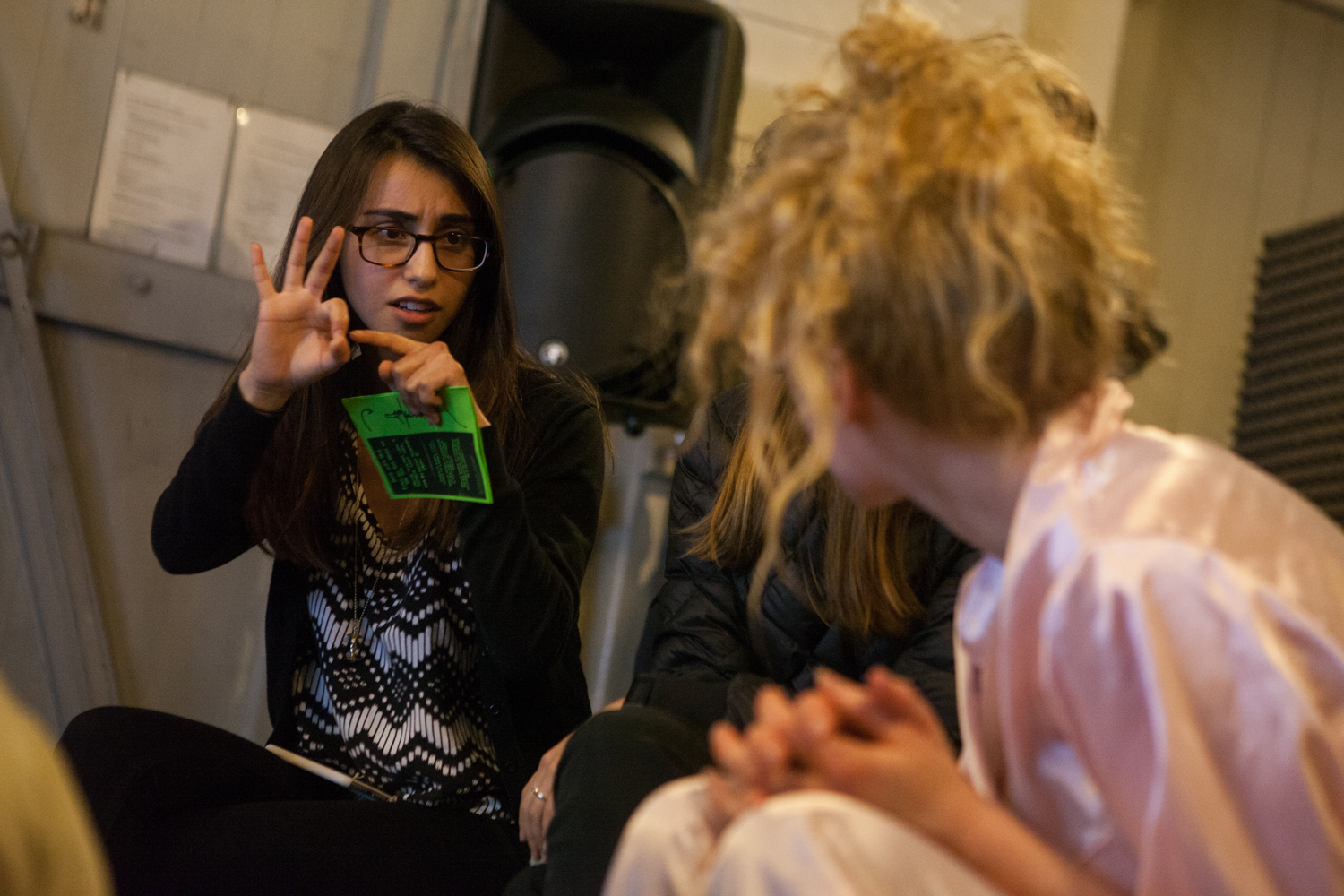
When freethought – a collective of thinkers, curators, researchers, educators and activists – came together in 2011, it was with the aim of taking their work out of the university and addressing urgent issues in ways that were not common to academic research, and with a set of collaborators that were not common to the notion of such an ‘inquiry’.
For Bergen Assembly 2016 freethought presented Infrastructure in six chapters and three performative platforms. They decided to deeply investigate the topic of infrastructure as the condition of our lives, “determining spaces, disciplining bodies, allocating resources, and privileging notions of progress and development, often without any critical interrogation”. Freethought proposed that infrastructures should be discussed as systems that make things difficult or impossible, ruin the conditions of people’s lives or affect interventions at the level of subjectivity.
READ MORE
From 2015 the two-year ‘City Seminar’ was established, a regular gathering of artists and researchers working in Bergen to study and discuss locally relevant primary texts in order to lay down a foundation of critical understanding of the specific infrastructure in the city of Bergen. Freethought also held seven dinners and talks with special guests under the title freethought Invites.
Six related chapters took place, five in Hagerupsgården:
Archives of Substance was an assemblage of archives that turned atmospheres into political histories and indicated that peripheral-seeming, small-scale activities – having a coffee, looking at an exhibition, taking part in a festival, engaging in an intellectual discussion, deciding to work together on something for no good reason – sometimes actually capture the political moment much more than bombastic rhetoric. It was curated by Irit Rogoff with curator and writer Vali Mahlouji, historian Mike Berlin and artist and curator Lucy Beech.
Shipping and the Shipped was curated by Stefano Harney in collaboration with artists Ranjit Kandalgaonkar, Arjuna Neuman and Wu Tsang, philosopher Denise Ferreira Da Silva and scholar and writer Fred Moten. Shipping and the Shipped explored the potential of connecting the logistical infrastructures belonging to both shipping and the shipped – including Bergen’s current and historical identity as a port town.
The End of Oil explored possible scenarios associated with the decline of the oil-based economy in Norway. The installation included objects, literature, a study room, and the two films Oilers and Delete Beach. It was curated by Mao Mollona, who also made the film Oilers with Bergen based artist Anna Marthe Dyvi. Delete Beach was directed by Phil Collins.
From 2015 the two-year ‘City Seminar’ was established, a regular gathering of artists and researchers working in Bergen to study and discuss locally relevant primary texts in order to lay down a foundation of critical understanding of the specific infrastructure in the city of Bergen. Freethought also held seven dinners and talks with special guests under the title freethought Invites.
Six related chapters took place, five in Hagerupsgården:
Archives of Substance was an assemblage of archives that turned atmospheres into political histories and indicated that peripheral-seeming, small-scale activities – having a coffee, looking at an exhibition, taking part in a festival, engaging in an intellectual discussion, deciding to work together on something for no good reason – sometimes actually capture the political moment much more than bombastic rhetoric. It was curated by Irit Rogoff with curator and writer Vali Mahlouji, historian Mike Berlin and artist and curator Lucy Beech.
Shipping and the Shipped was curated by Stefano Harney in collaboration with artists Ranjit Kandalgaonkar, Arjuna Neuman and Wu Tsang, philosopher Denise Ferreira Da Silva and scholar and writer Fred Moten. Shipping and the Shipped explored the potential of connecting the logistical infrastructures belonging to both shipping and the shipped – including Bergen’s current and historical identity as a port town.
The End of Oil explored possible scenarios associated with the decline of the oil-based economy in Norway. The installation included objects, literature, a study room, and the two films Oilers and Delete Beach. It was curated by Mao Mollona, who also made the film Oilers with Bergen based artist Anna Marthe Dyvi. Delete Beach was directed by Phil Collins.
Spirit Labour was a new film by Adrian Heathfield and Hugo Glendinning which traced and connected some exemplary artistic figures of the late twentieth and early twenty-first century, countering the notion of art as subservient to the spirit of capital.
Infrastructure of Feeling was a commissioned installation by Louis Moreno and Paul Purgas on the feeling and experience of sounds related to infrastructure. The core of the apparatus was a web-based algorithm designed to analyse the feeling and mood of music. The results triggered an automated purchasing process for books which were sent to the exhibition space, creating an evolving, observable system – an infrastructure of feeling.
Bergen’s Gamle Hovedbrannstasjon (Bergen’s Old Fire Station) housed the sixth chapter, The Museum of Burning Questions by Nora Sternfeld, Isa Rosenberger and the retired firemen of Bergen. Together they pre-enacted the future Museum of Fire by offering guided tours of what it would be and opened questions about how to recognise burning issues of today. It also housed The Partisan Café which functioned as a contact zone and information hub for Bergen Assembly and hosted a programme of events, discussions, screenings, and music to explore the political, urban, and cultural dimensions of our infrastructural condition.
